This review was provided for free, but Trek Coquitlam supplied a temporary demo bike for me to test. My goal is to be transparent and unbiased with you, this video and writeup are not meant to be an endorsement of Trek products. I welcome your corrections, additions, and feedback in the comments below, and the Trek electric bike forums.
Observations:
- Trek is one of the “Big Three” North American bicycle manufacturers, along with Specialized and Giant. Trek launched in 1975, making hand-brazed steel frames. Since then, they have grown into a global powerhouse in the cycling industry with distributors in 90 different countries and hundreds of dealers that assemble and support the products. In my opinion, they are one of the very best ebike makers with high quality, support, and dealer availability.
- You might notice the Bontrager name on some of the components in this review. Bontrager is Trek’s in-house component brand, and is therefore common on many of Trek’s electric bicycles. Basically, Bontrager is the same company as Trek but they focus on accessories like rims, bars, posts, pedals, racks, bags, and lights.
- This ebike uses the Bosch Smart System generation of motor, battery, and display units. It requires the Bosch eBike Flow app to configure and track rides. None of these systems are backwards compatible with older generation Bosch ebike hardware. The Performance Line CX motor offers the same ratings, but seemed quieter than prior generations.
Pros:
- While many of Trek’s products come in five frame sizes, I was very impressed with the three sizes for the Rail 9.9 XX1 AXS given how premium it is… not to mention three very fancy color schemes. When you consider the flip chip, which shortens or lengthens the rear swing arm, the bike offers a lot of adjustability. You can run it with the stock 29″ x 2.5″ tires or run 27″ and even mix for a mullet setup if you wish.
- A bit more background here, the adjustable “flip chip” washer called the Mino Link allows you to change the frame geometry on the fly, when the link is extending the stays it provides quick performance for cross country quick-handling use but when you shorten the stays it slackens the head tube angle by about 1° for stable downhill riding, positioning the suspension fork to take hits more directly. This makes the Trek Rail extremely versatile for a range of riding from heavy cross country, AM, Enduro, and even some Downhill.
- Excellent wheel and hub setup here! The rims are made from light weight carbon fiber, the rear hub uses a SRAM XD driver that allows for a super small 10 tooth cog, the rear axle is Boost 148mm wide with 12mm thru-axle, and the front axle is Boost 110mm wide with 15mm thru-axle. I was told that Trek invented the Boost standard… which is awesome. Benefits of this setup include higher weight capacity of 300lbs on this bike, easier disc brake alignment, stronger wheel support with fewer spokes (28 in this case) because of the spoke bracing angle. I love that they include a magnetic 6mm hex tool shaped like a quick release lever for use on both the front and rear wheels.
- Best air suspension I’ve ever ridden, with the easiest clickers to understand and configure. Apparently these were developed by SRAM RockShox in partnership with Penske racing shocks. Both shocks have black anodized stanchions, and the front stanchions are super wide at 38mm to handle long travel 160mm without requiring a triple crown. The SRAM AirWiz smartphone app helps you configure the proper air pressure range and alerts you with a red blinking LED when they need adjustment. The rear shock is a new design that foregoes a gas chamber (which slows rebound) and instead uses a single thru-piston. Both shocks have rebound adjust, and the rear shock has a numbered clicker that’s easier to configure and adjust. The front shock has high speed and low speed compression, and the rear has + 0 and – with an on/off lockout. The interfaces are just excellent, and I show them in the video review above.
- Trek really dials in their rear suspension and is an innovator in the space. The Active Braking Pivot (ABP) rear link reduces lockup and skipping so the rear wheel can stay more planted on the ground, the Rocker Link piece is made from light weight magnesium and positions component mass (including the rear shock) directly below the rider for better handling than if it was horizontal, they optimized the leverage rate between the rear wheel and rear shock to provide excellent mid-stroke control for less bobbing, more stable cornering, and and better acceleration.
- The SRAM AirWiz settings for tire pressure are especially useful when running tubeless, which tend to lose air quicker than tubes in my experience. It’s satisfying to check an app for precise settings vs. using a physical gauge or pump to connect to the presta valve of each tire each time you want to ride.
- Even though the demo bike I rode did not come with the SRAM Reverb AXS wireless dropper post, I read about it and watched videos to see how it performs… and it looks awesome. It’s very fast and precise. I believe that it offers the same benefits as the other wireless elements here including pressure recommendations based on body size and alerts when needing adjustment.
- Incredible drivetrain with SRAM XX1 wireless derailleur that’s precise, quick, and very reliable. It even has a self-protection mechanism that brings the derailleur in and then resets if physically bumped. The ultra wide XG-1299 cassette offers a 10 to 52 tooth spread for 502% gear ratio. I love that you can adjust the electronic SRAM Eagle AXS trigger shifter to swap which lever goes high and low, and you can configure multiple shifts for longer press/hold of the triggers.
- Light weight carbon fiber crank arms from e*thirteen with plastic protectors where the pedals mount (in case of rock strikes), and plastic chain guide to prevent drops and kickback on very bumpy terrain as the rear section of the bike travels with suspension. The chainring uses a narrow-wide tooth pattern to further prevent slippage and drops.
- Outstanding hydraulic disc brakes with quad piston calipers that provide more surface area and more even brake pad action. The two-finger brake levers both have tool-free throw (how much the pads move relative to your input) and reach adjust (how far the levers are spaced out from the handlebar), so you can refine to your hand size and braking preference. Note the very large 200mm rear brake rotor and extreme 220mm front brake rotor which offer improved mechanical advantage and cooling. The front rotor is extra thick at 1.7mm vs. 1.55mm to reduce the potential of bending and warping during use and when parking and transporting the bike.
- Great touch points here with locking grips, a very comfortable but still high performance saddle, and upgraded 35mm wide carbon fiber handlebar vs. 31.8mm. The cockpit is very clean because everything is wireless, and Trek chose to mount the Kiox 300 just behind the stem to keep it low and protected. Note that the bike can be operated without this display, and it’s very easy to remove by pulling down and then angling up from the bottom. I show this in the video review above. The headset is tapered for strength, and uses Knock Block to prevent oversteer that could damage cables in the event of a crash or rough transport.
- The Bosch Kiox 300 offers a larger 2″ diagonal screen vs. the original Kiox with 1.9″ and it runs completely off of the ebike battery vs. using its own disposable coin battery. There are no buttons on the display. It offers responsive backlighting to reduce distraction, and remembers the last menu view when the bike is power cycled (so you don’t have to hunt for it with lots of clicks each time).
- The Bosch LED Remote is a big upgrade from all other Bosch ebike control pads in my opinion, because the buttons are more reliable and predictable. The right/left and +/- buttons are rockers vs. independent, and the have icons that communicate how to activate or de-activate lights (hold +) and walk assist (hold – and push the bike). The LED remote is all you need to operate the bike, you can remove the Kiox 300 display and forego the smartphone app if you wish. I love the big colored swoosh that communicates assist level, and appreciate the ambient light detector at the top edge that reduces brightness automatically if it’s dark.
- The Bosch eBike Flow smartphone app for iOS and Android records your rides and stats, allows you to adjust Eco and Turbo assist settings (assistance, power application, top speed, maximum torque), allows you to update the bike software over time without visiting a shop, and interfaces with Apple health and Strava to track fitness. It’s a clean and simple app, but it has the potential to do a lot more in the future as Bosch innovates and third party systems are built on top of it.
- I’m a big fan of the Smart System Bosch Performance Line CX motor because it’s very powerful (up to 85nm of torque), extremely responsive (measuring pedal cadence, torque, and rear wheel speed 1,000 times per second), offers shift detection to reduce drivetrain wear, is much lighter than prior generations due to magnesium body (weighing just 6.39lbs), and is much quieter than most of the older Performance Line motors! This thing is awesome.
- I love the metal shielding below the Bosch CX motor, which has good venting and drainage, and appreciate how Trek mounted the rear wheel speed magnet onto the left side of the rear hub (with the sensor mounted on the chain stay), vs. the older design that used a spoke-mounted magnet that was easily bumped and would throw an error.
- I really like the Tour+ and eMTB drive modes that Bosch developed. They allow the motor to respond with a range of power that is based on how hard you pedal. It feels natural and precise, which is great for doing wheelies or navigating technical terrain. I think of Tour+ as just a weaker version of eMTB.
- Another feature of the Bosch Performance Line motors that I really appreciate is how they can support higher pedal rates without fading out, you can reach 120+ RPM (pedal strokes per minute) and the motor is still there for you. This is extremely important if you prefer to downshift when approaching a big climb and like to spin fast vs. pedaling super strong to climb.
- All of the Bosch ebike systems are IP54 (ingress protection) rated which means that they are protected against contamination from limited amounts of dust and other particles. In my experience, they tend to be very durable, and tend to be supported for many years… I think Bosch officially offers support for 10 years on their products from the day they are discontinued.
- The Bosch PowerTube 750 offers 20% higher capacity than the Bosch PowerTube 625, which allows for longer rides and prolonged high-power operation between charges. This is especially useful if you’re riding all mountain terrain, doing lots of climbs and replacing the chair lift. Higher capacity might also lead to longer lifespan because extreme discharge (down to zero) is hard on Lithium-ion batteries. It’s less likely to get stranded with a heavy ebike, and you can really enjoy the eMTB and Turbo modes here without as much range anxiety.
- I really like the Bosch ebike battery chargers because they tend to be compact, high speed, and fairly light weight. That is the case for the Smart System charger here, which puts out 4 amps vs. 2 amps on most competing systems. A full fill is estimated at 6 hours but a half-fill from zero only takes 2 hours because the cells don’t need to be balanced as precisely when starting out. The charger uses a proprietary plug interface that works on the bike frame or directly to the base of the battery, so you can charge on or off the bike. I recommend removing the battery during transport and for periods of storage so you can keep the pack maintained above 20% to avoid cell damage. I believe that storing Lithium-ion batteries in a cool dry environment is best, avoid extreme heat and expect a 40% drop in usable capacity temporarily in extreme cold.
- The left chain stay has a 20mm kickstand mount, which is great for handling the additional weight of this bike when parking, when removing the battery pack, and in general because the slack head tube angle that makes the bike tippy when parked.
- Excellent use of slap guards, there’s a long rubber strip on the top and bottom portions of the right chain stay, this will keep the paint job and carbon fiber in good shape while reducing noise on rough sections of trail.
- The stem is Blendr compatible to work with many Trek/Bontrager aftermarket accessories such as lights and phone mounts… this may be why the Kiox 300 is mounted to the top tube vs. the handlebar mount that Bosch also offers.
- ABUS makes the locking core that secures the battery pack, and Trek chose the premium keyset that comes with a code for ordering additional keys or getting keyed-alike accessories such as folding locks. You could mount one of these on the downtube if you wished, or use that spot for a side-entry water bottle as shown in the photos and video review.
- Trek only sells through dealers at this point, and this strategy allows them to provide the best quality control, assembly, fitting, and post-purchase support. They are one of the largest bicycle brands in the world, so they also achieve economies of scale and aren’t the most expensive (despite this being an extremely expensive model). You get a two year warranty that is emphasized by both Trek and Bosch.
Cons:
- Being a top-of-the-line build, this electric bike is extremely expensive at $13,550 USD. That said, it’s neat that Trek sells such a premium product with cutting-edge technology in three frame sizes and three colors with an excellent two year warranty and vast network of shops. It’s like buying an F1 race car.
- As nice as Trek’s removable integrated battery (RIB) cover looks, and as useful as the handle mechanism at the top of it is, thic cover system adds 1.1lbs (498 grams) of weight. Also, since the RIB is also paint matched, it probably costs more to replace if scratched or damaged.
- I was a bit surprised by the overall weight of the bike at 52.6lbs (for the size Medium) given the stock 29″ x 2.5″ tires running tubeless, carbon fiber frame and air suspension setup. I think this comes back to the high capacity battery pack, weight of the cover, and thicker handlebar, suspension stanchions, and higher 300lb weight capacity rating. It’s a sturdy bike. I think it would be cool if you could split the PowerTube 750 to make a lightweight version for shorter rides or mostly downhill and then the full battery capacity for longer rides and more up and downhill.
- Both the battery charge port and battery lock cylinder are positioned on the left side of the frame. This is the side of the bike that should be facing down towards the ground when the bike is parked and laid on its side (since it does not come with a kickstand). This makes charging and removing the battery more difficult, and suggests to me that the bike should simply be leaned against a wall, which seems risky given the weight and price tag. The battery charge port is also directly in the path of the left crank arm when rotated, so it could easily get snagged and and unplugged if bumped.
- In order to mount the battery pack into the downtube bay, you actually have to insert and twist the key while holding and balancing the battery pack (which is 10.8lbs). You can’t just slam it in and have it click into place like some competing designs. This probably makes the locking mechanism more tamper resistant and may reduce rattling, but seems to require more time and balance to do properly. I wish that the first half-step of mounting the pack could initiate without having to insert the key, just to keep the pack from tipping out if your hands are full and you’re struggling to balance the bike and twist the key. since the key inserts into the left side of the frame, the whole process is a bit tricky and definitely requires both hands.
- In order to configure both suspension elements, both tires, and operate the dropper post and derailleur on this ebike, you’ll need to download the SRAM AXS smartphone app. A second smartphone app is required to configure the Bosch drive system operation. Both apps work well, but having to download and interact with two just takes more time and requires more permissions and storage space on the phone.
- Two of the SRAM AXS wireless elements are rechargeable: the SRAM XX1 Eagle AXS derailleur and SRAM Reverb AXS dropper post. But the shifter mechanism, both shocks, and both tire pressure gauges utilize disposable CR2032 coin batteries. As cool as the technology is, and as long as these little batteries last, it’s just one more thing to fiddle with, expire between long periods of travel or during the winter months, and the waste is a bit annoying for me. It would be great if all electronics were run off of the main rechargeable ebike battery.
- Considering the very high capacity 750 watt hour Bosch PowerTube battery pack and Smart System smartphone app used to track rides, and adjust Eco and Turbo assist modes, I was very disappointed to find that the USB-C port built into the LED Remote button pad is not active for charging portable electronics. It seems like a missed opportunity to me, especially given the earlier generations of Bosch displays have provided some level of charging (Bosch Intuvia, Bosch original Kiox, and Bosch Nyon).
- The Bosch Smart System components are not backwards compatible, and even use a new battery charger. If you wanted to change displays or share chargers from prior generations, you are not able to. I was surprised about the charger, because it seems to offer the same output.
- The bike frame appears to be longer than the non-electric equivalent from Trek. This may be due to the length of the PowerTube 750 and its supporting interface, as well as the mid-drive motor. While this provides some stability for climbing, it makes the bike less nimble.

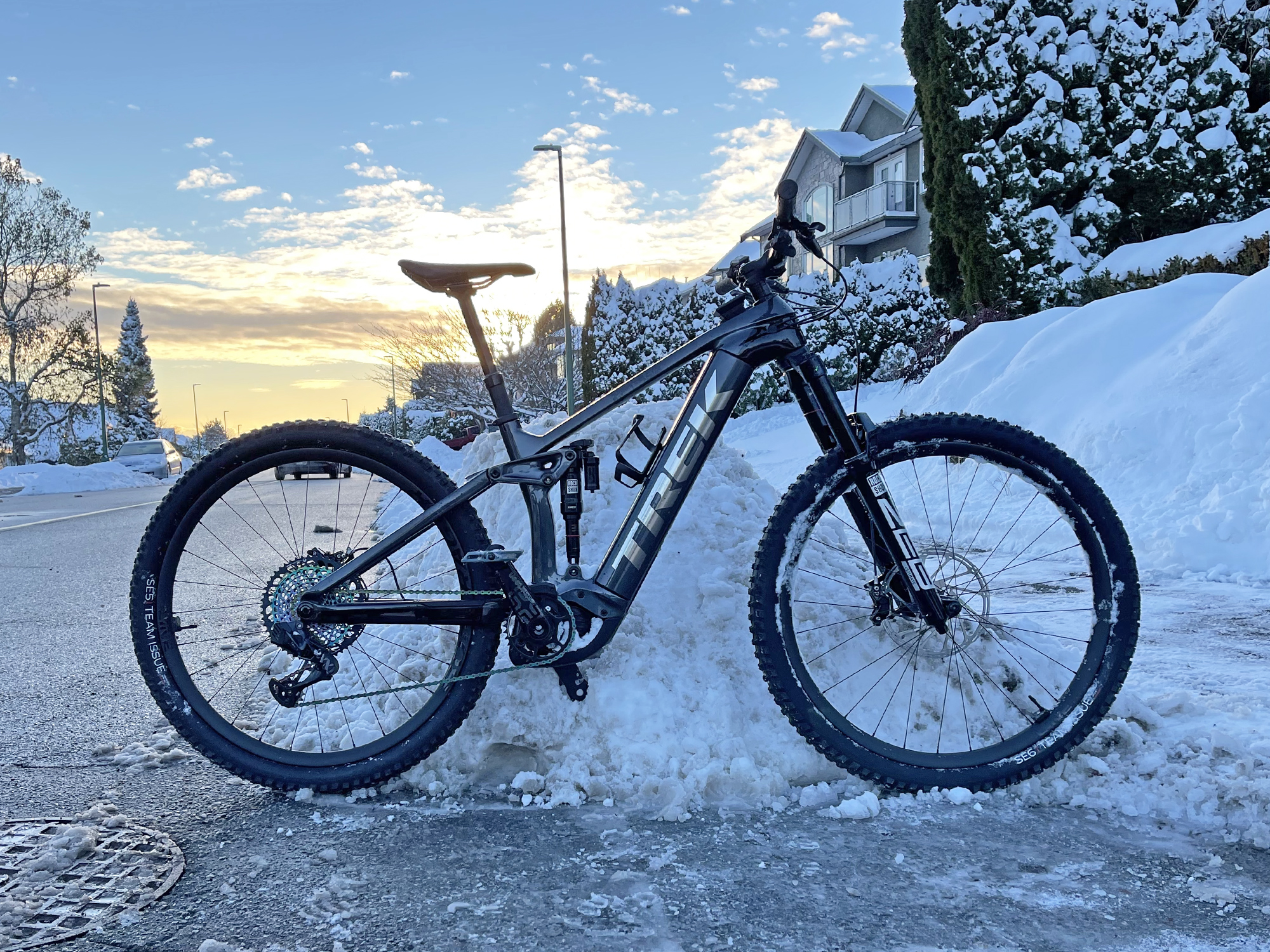
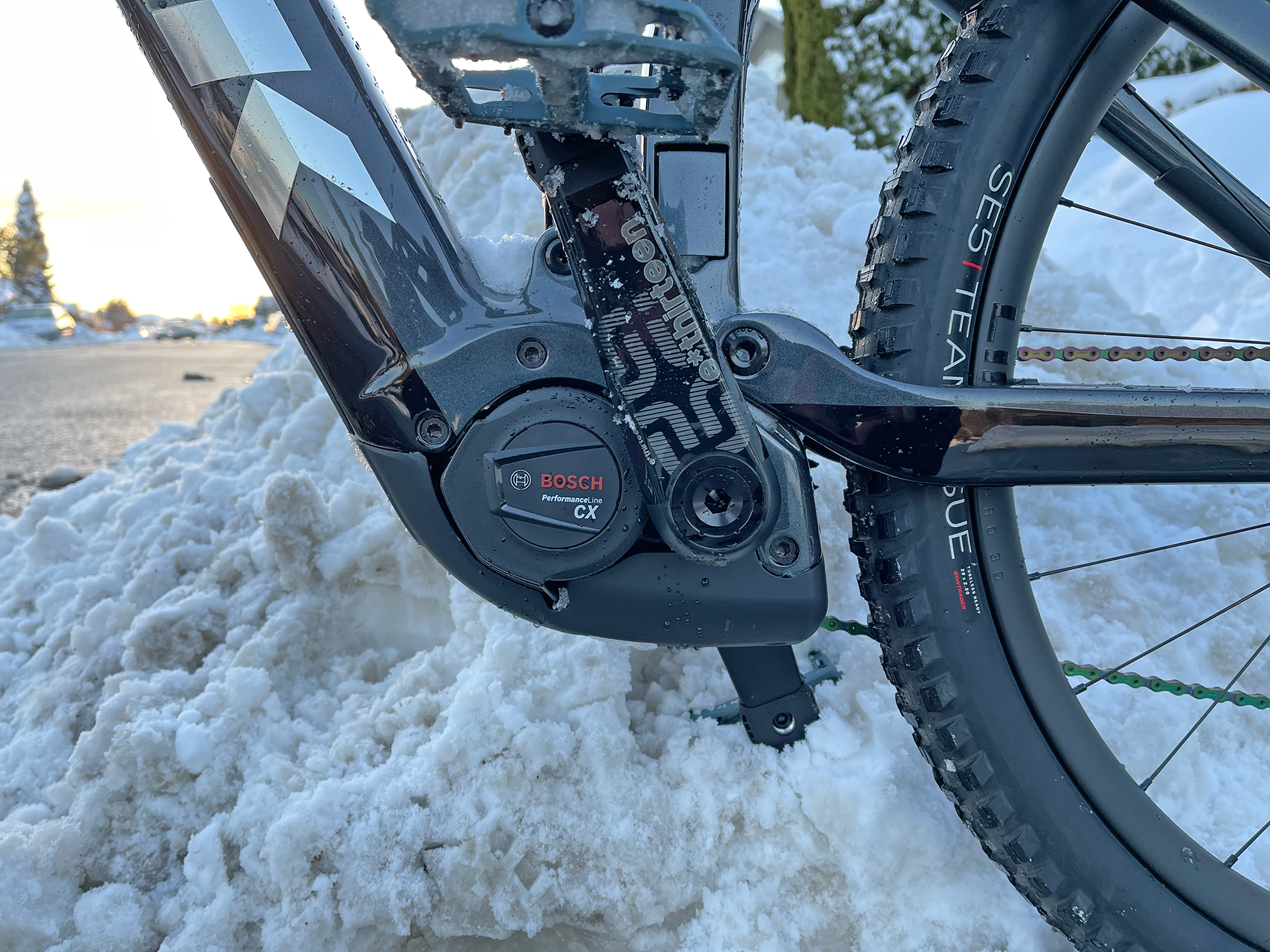
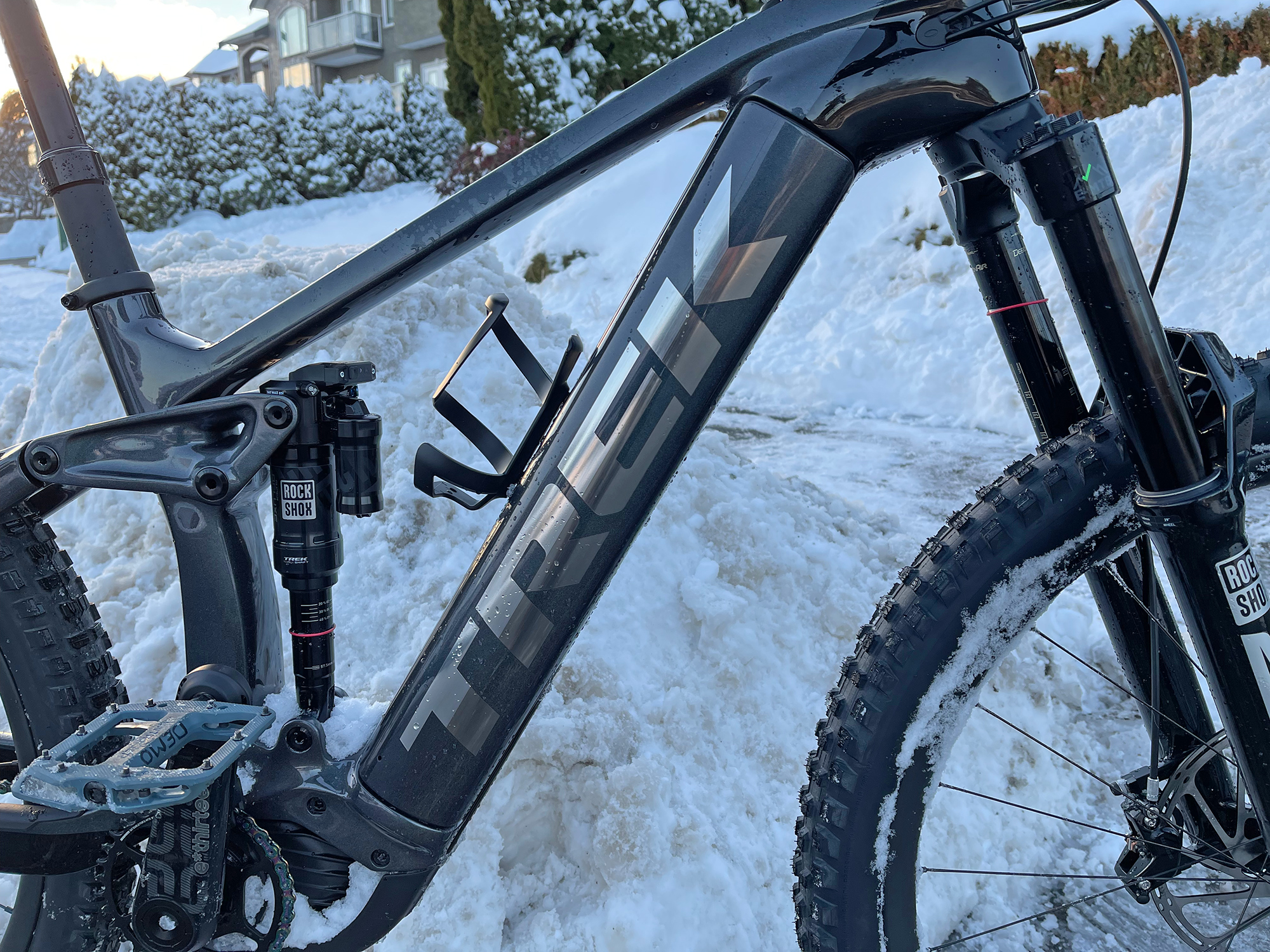


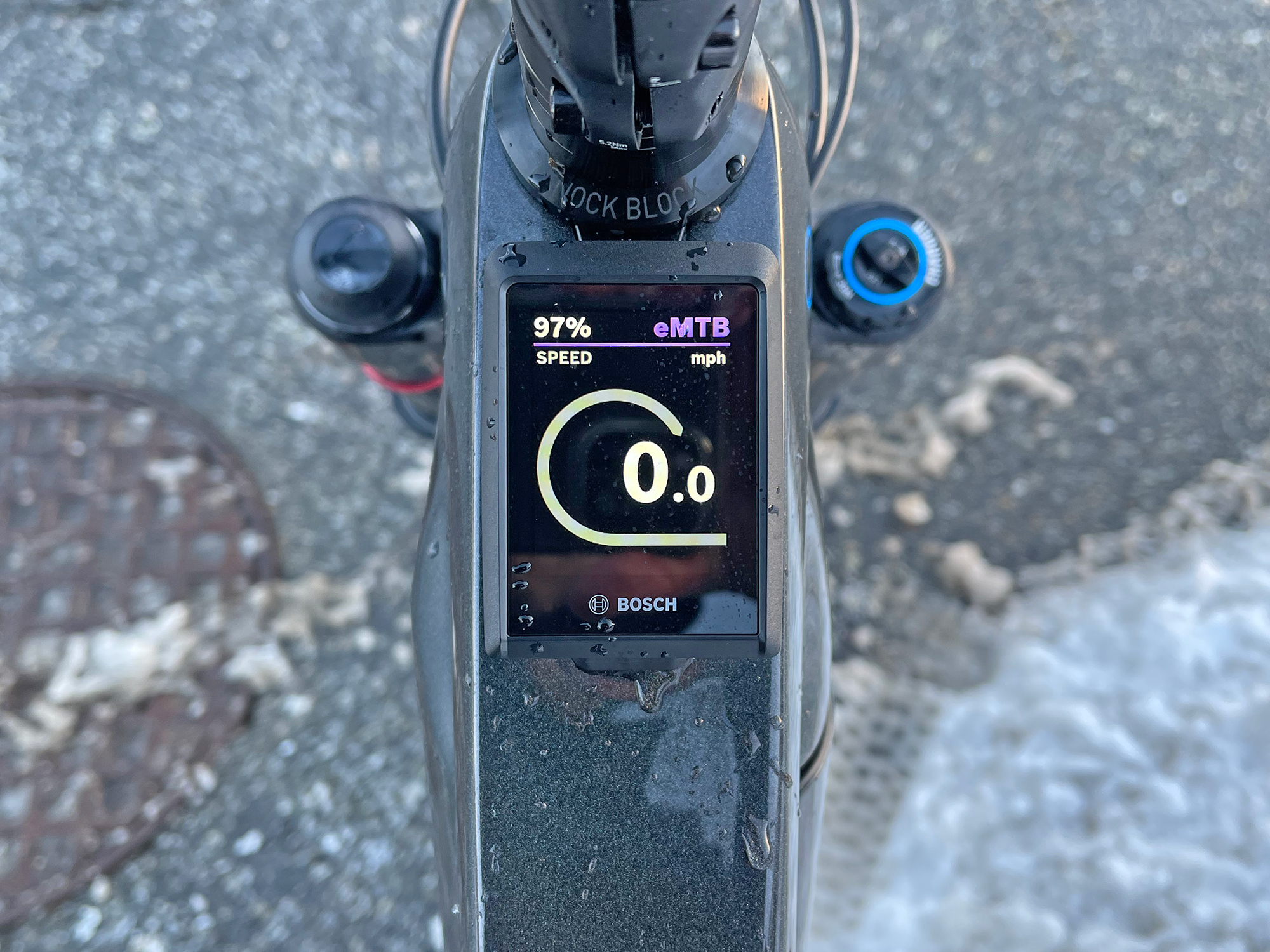
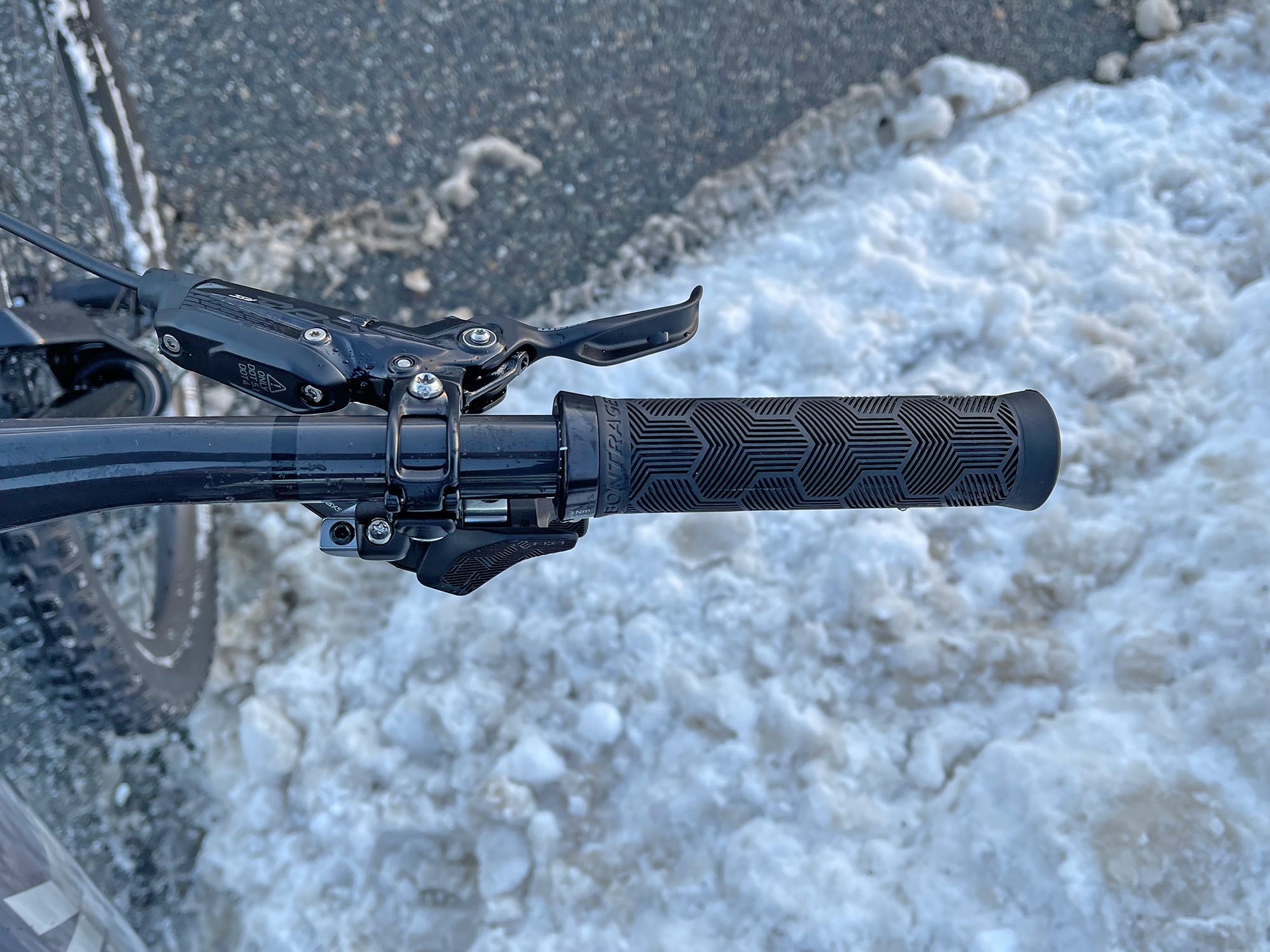
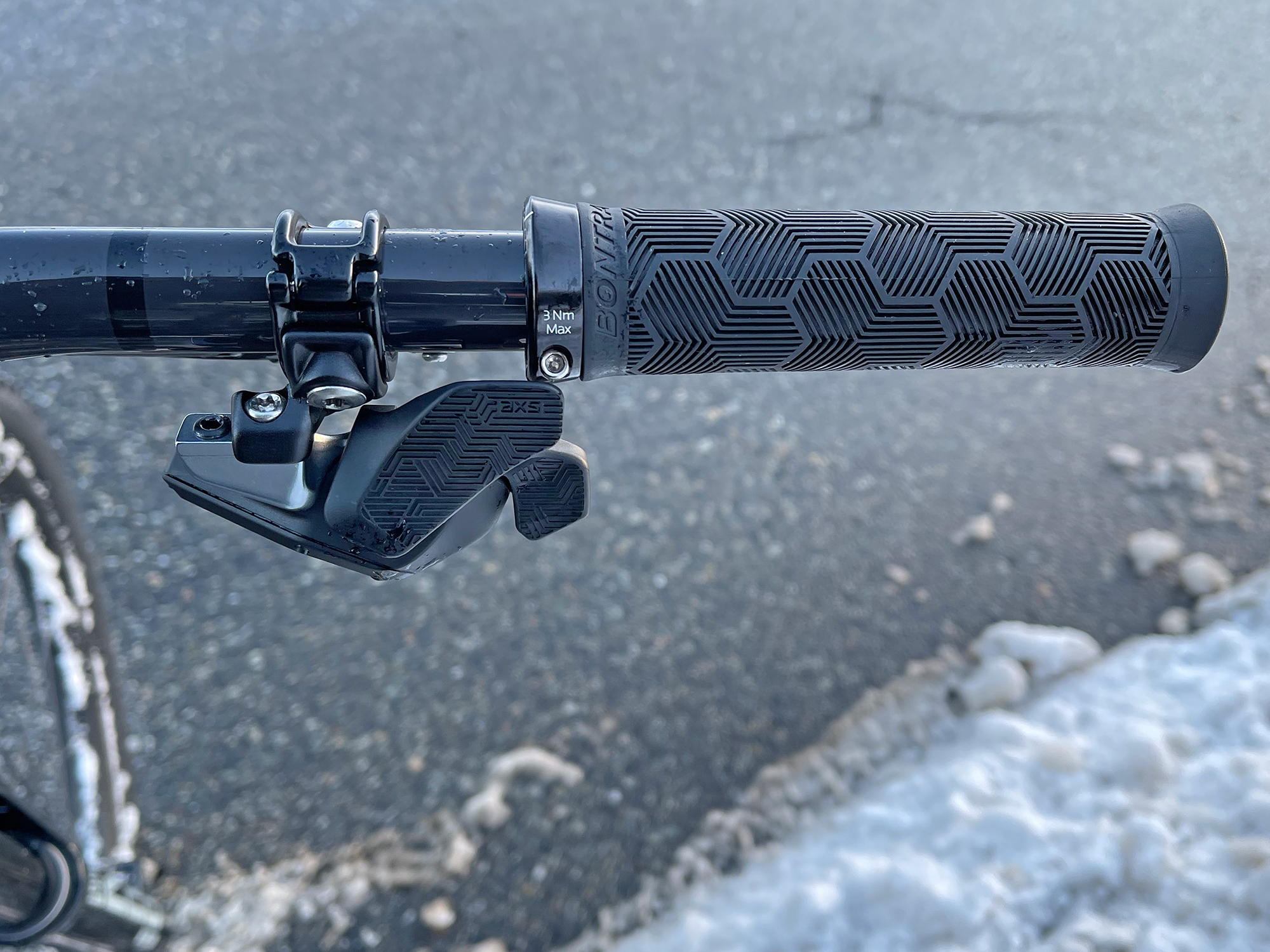
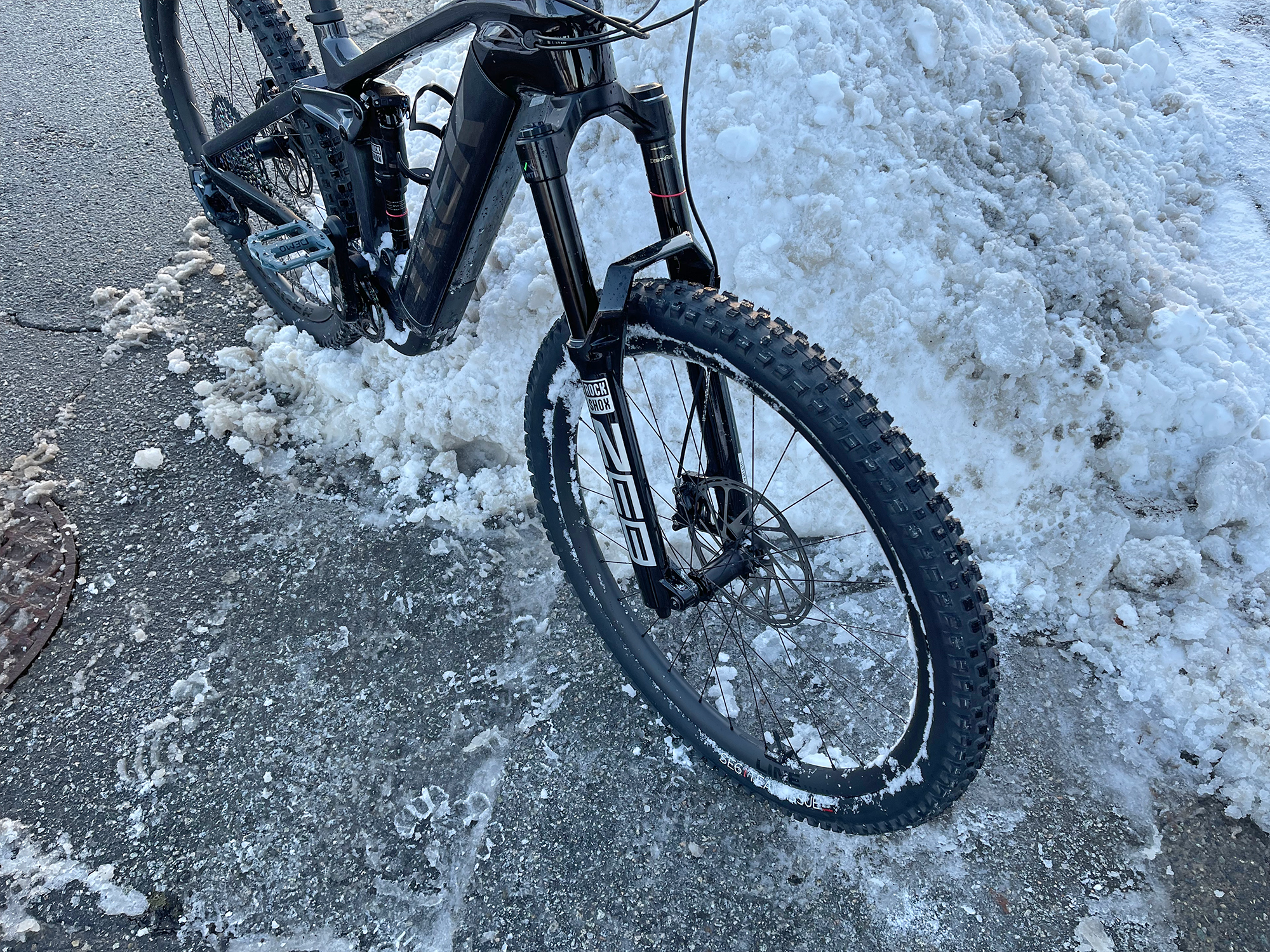
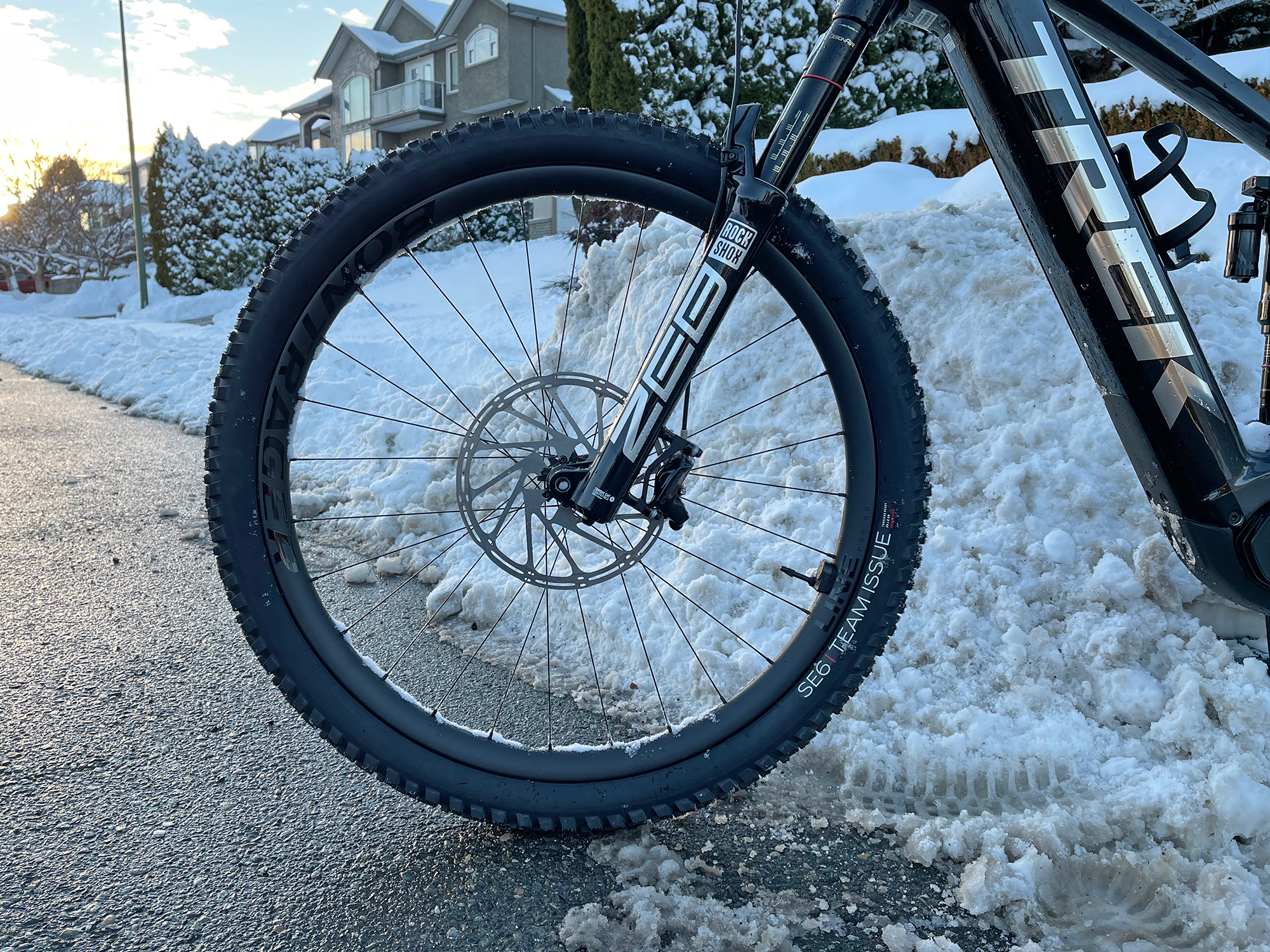
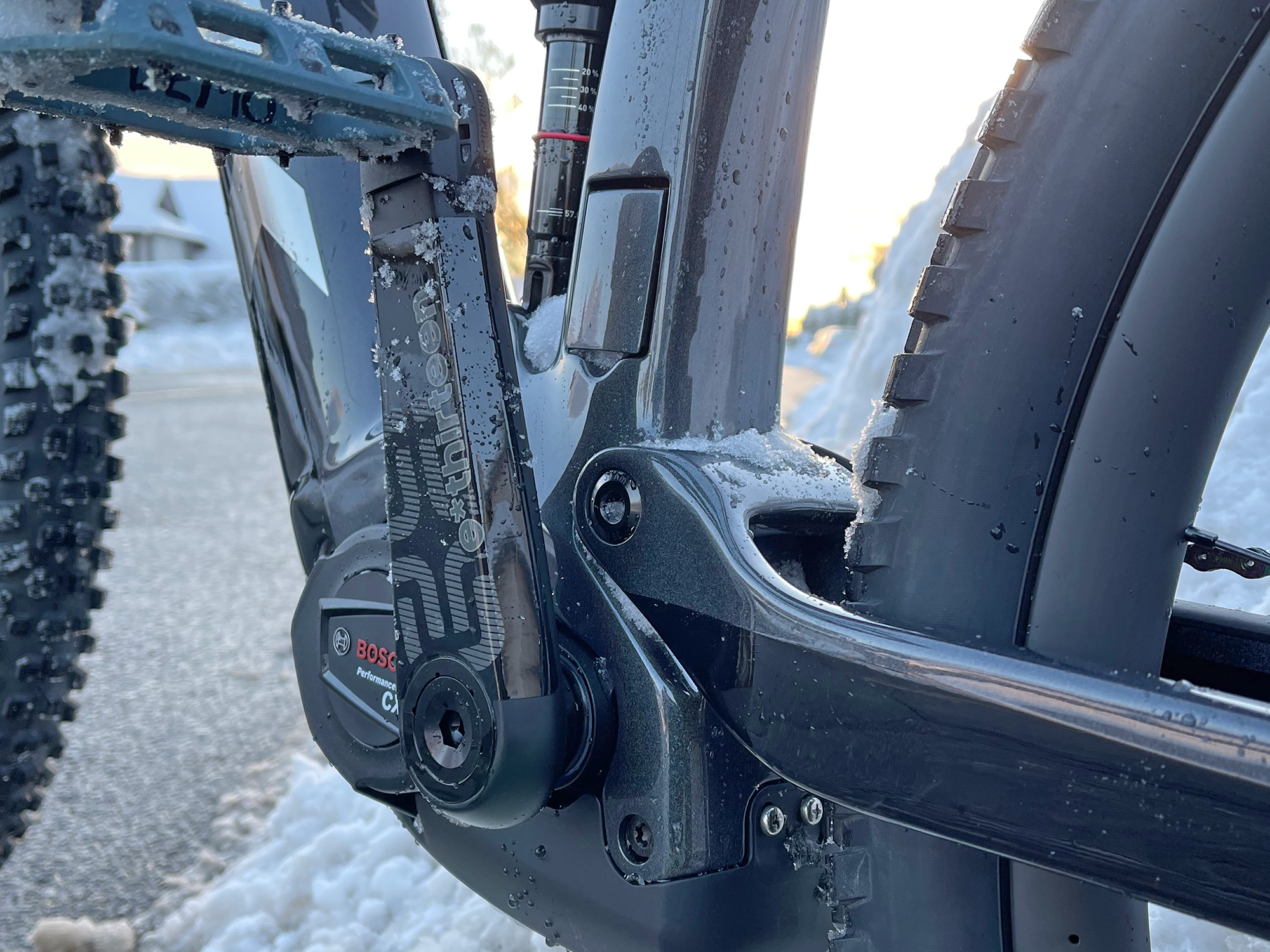
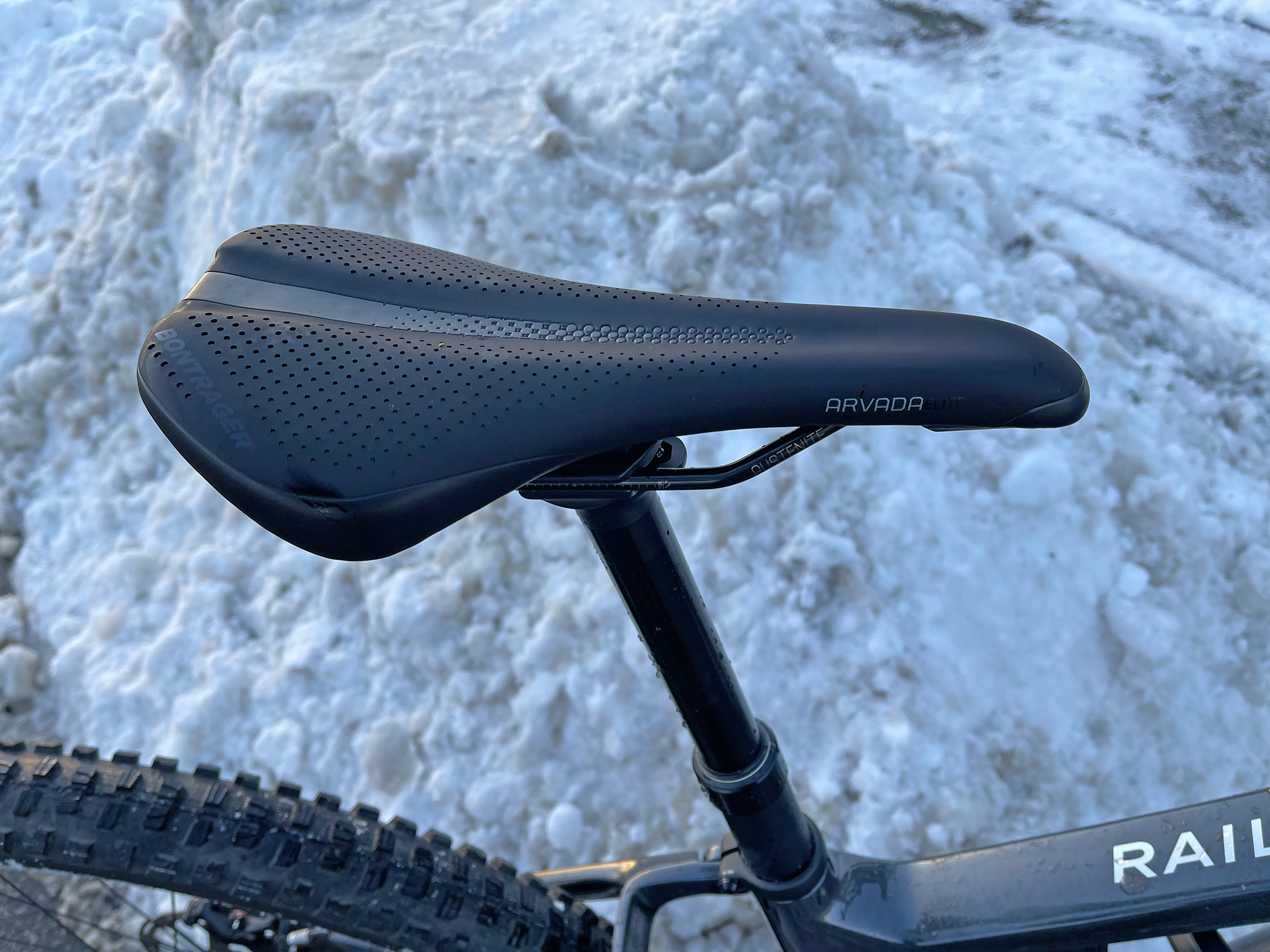

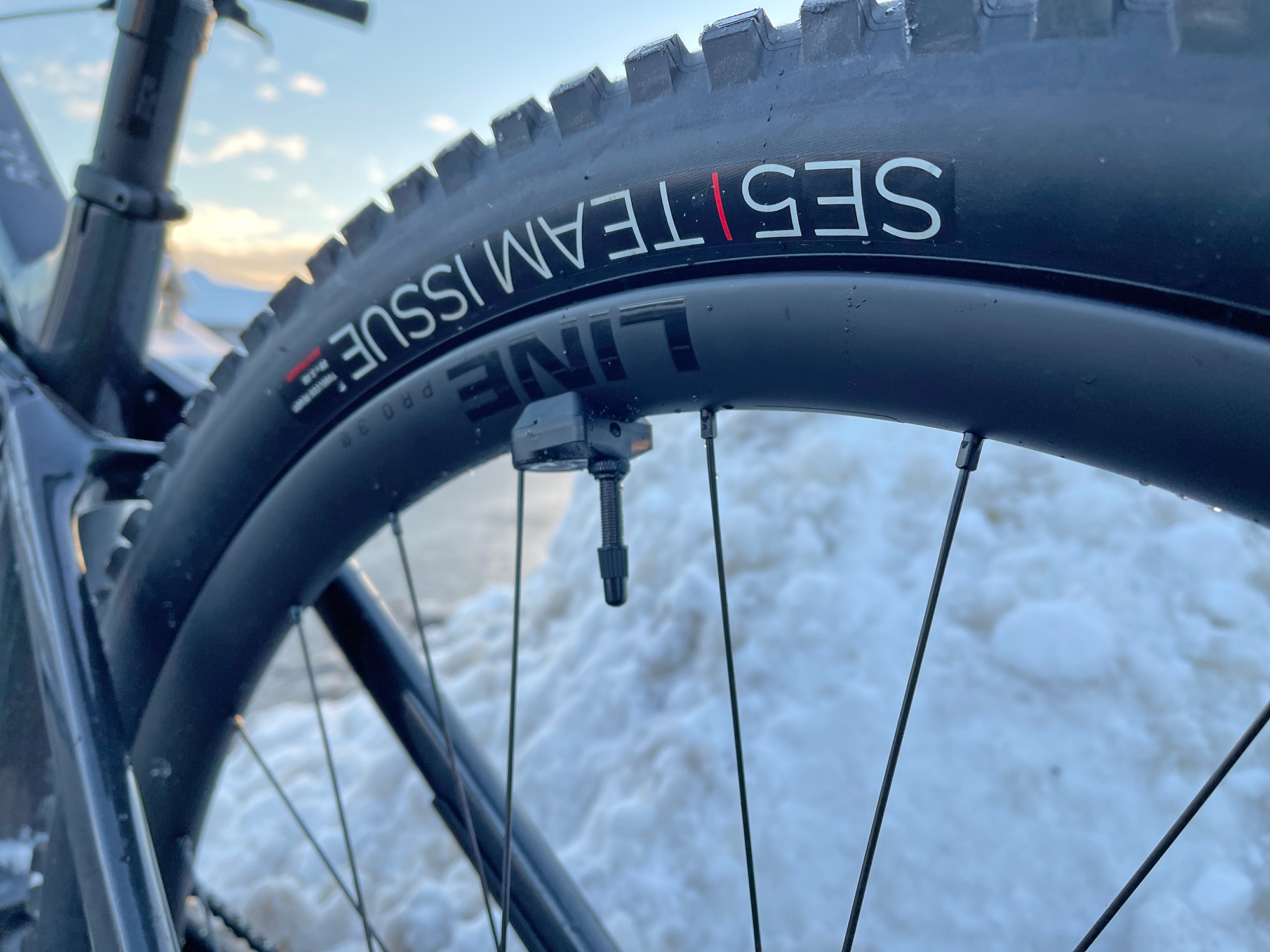
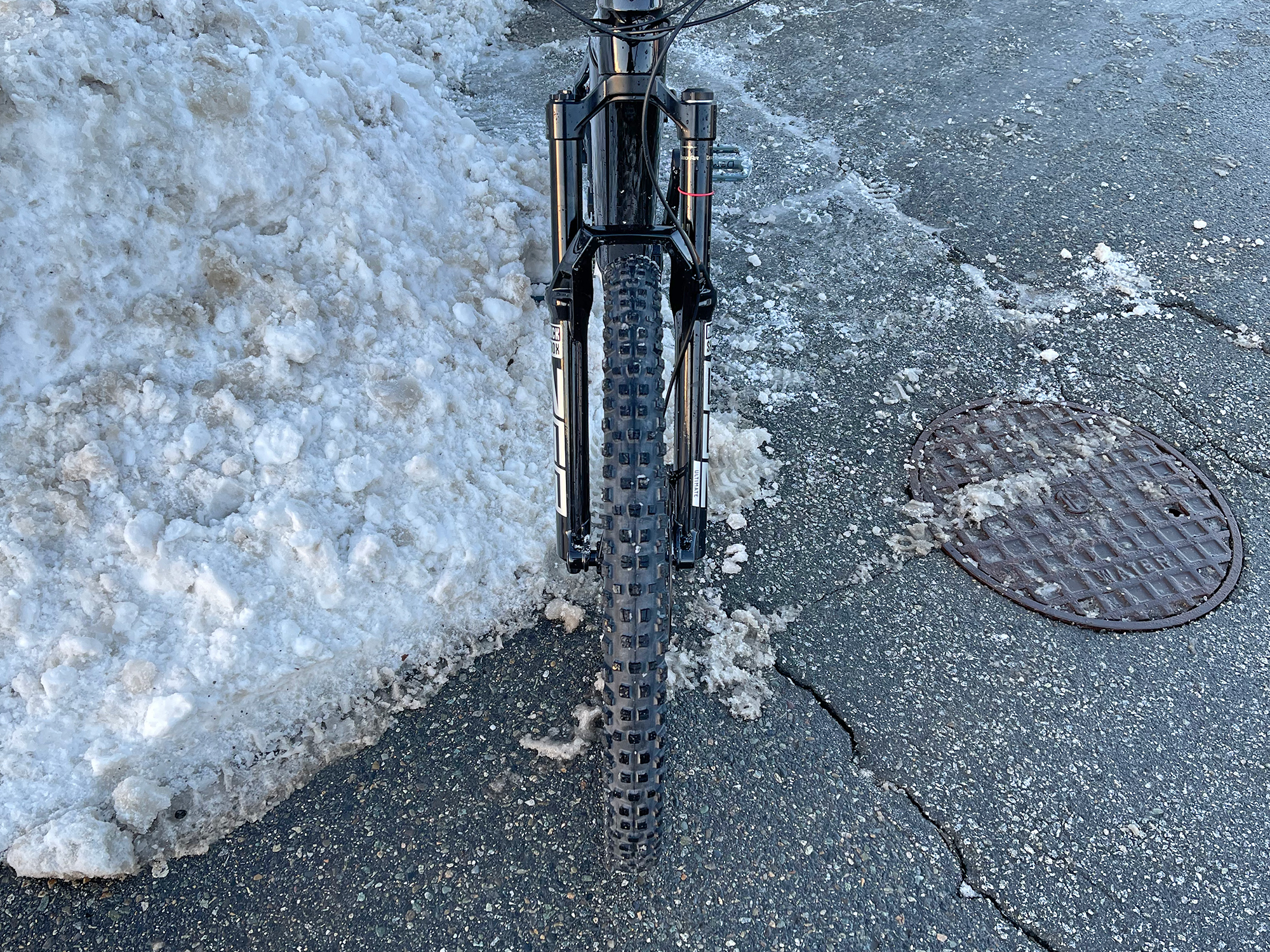
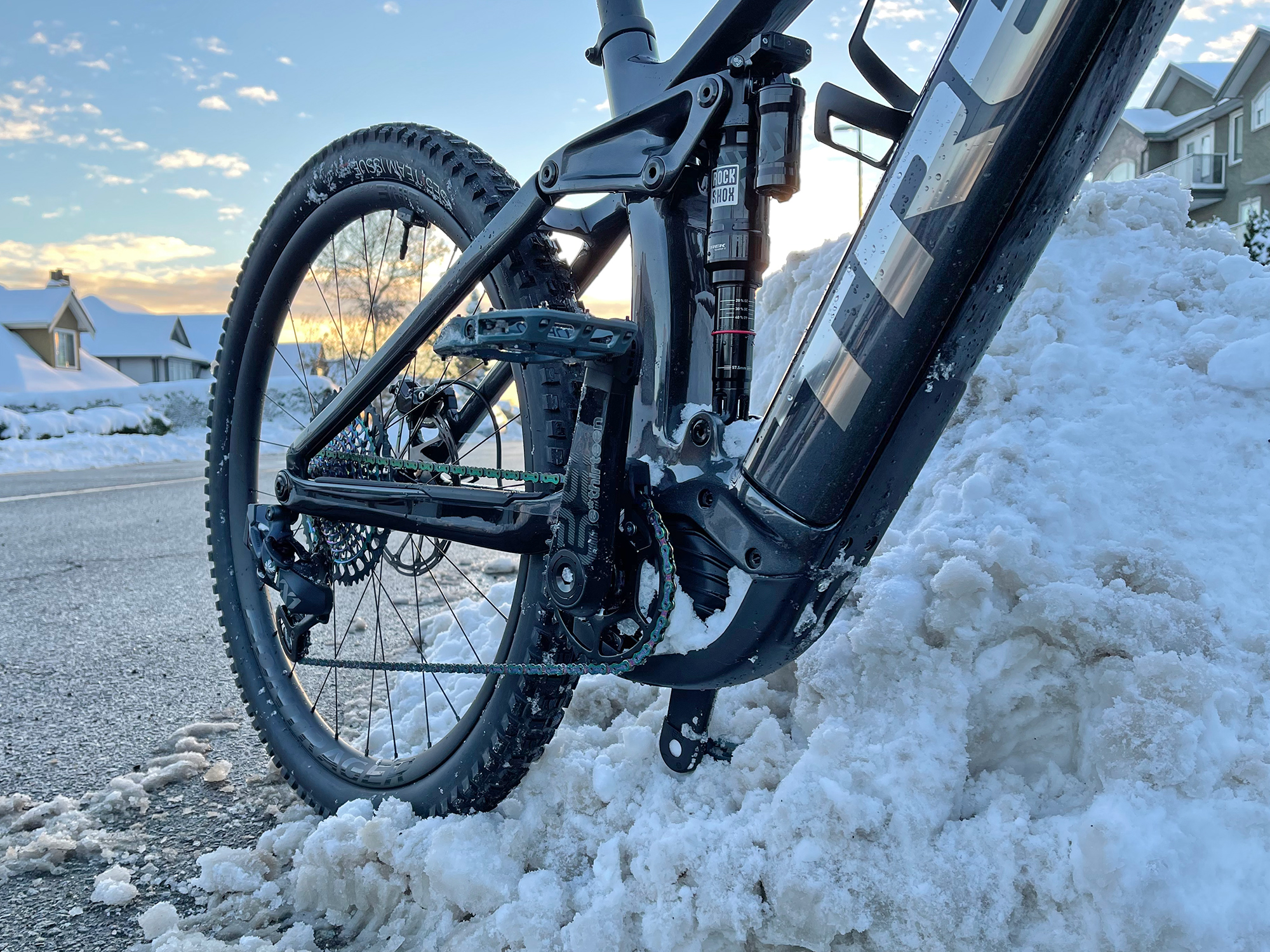

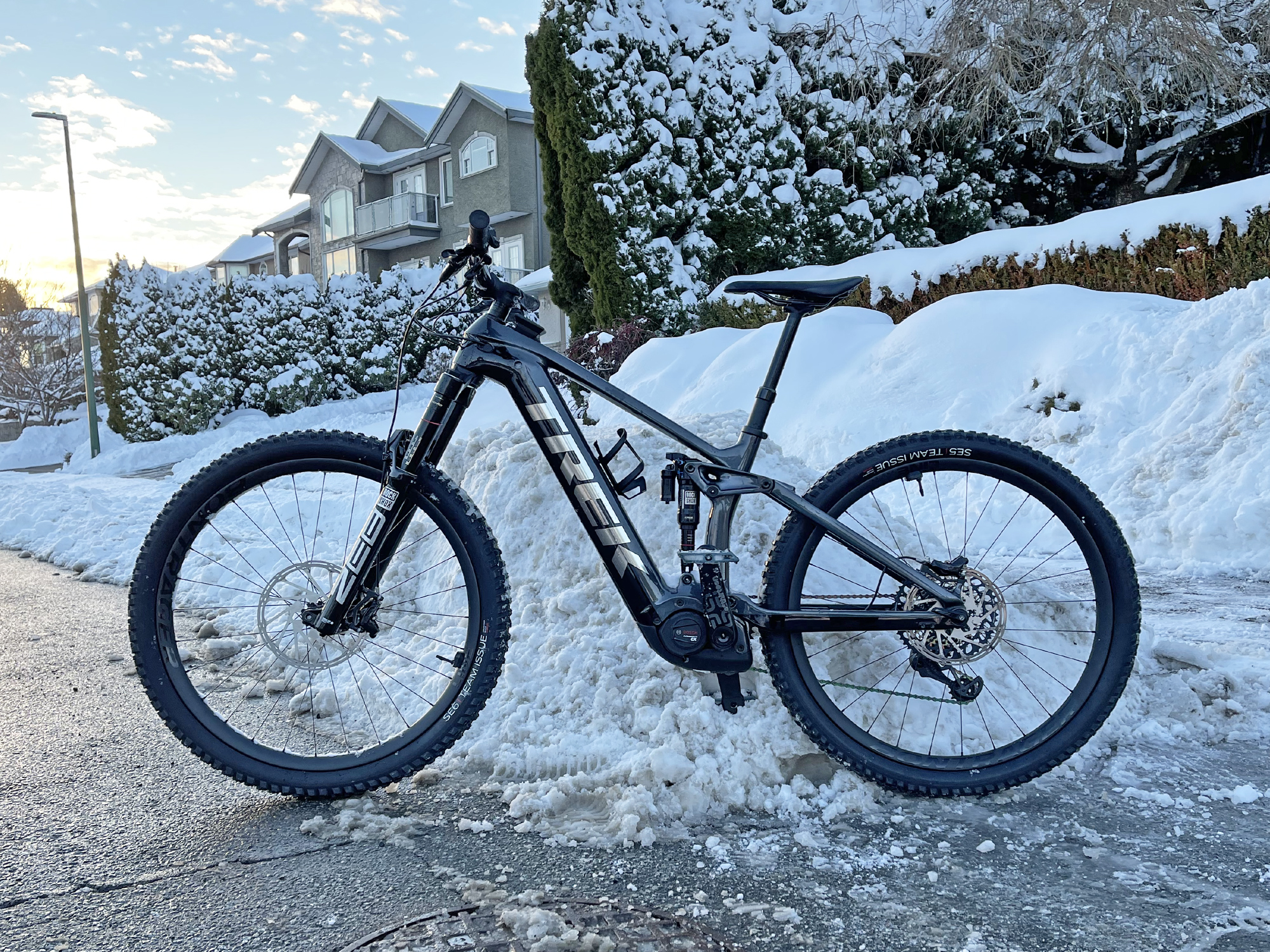

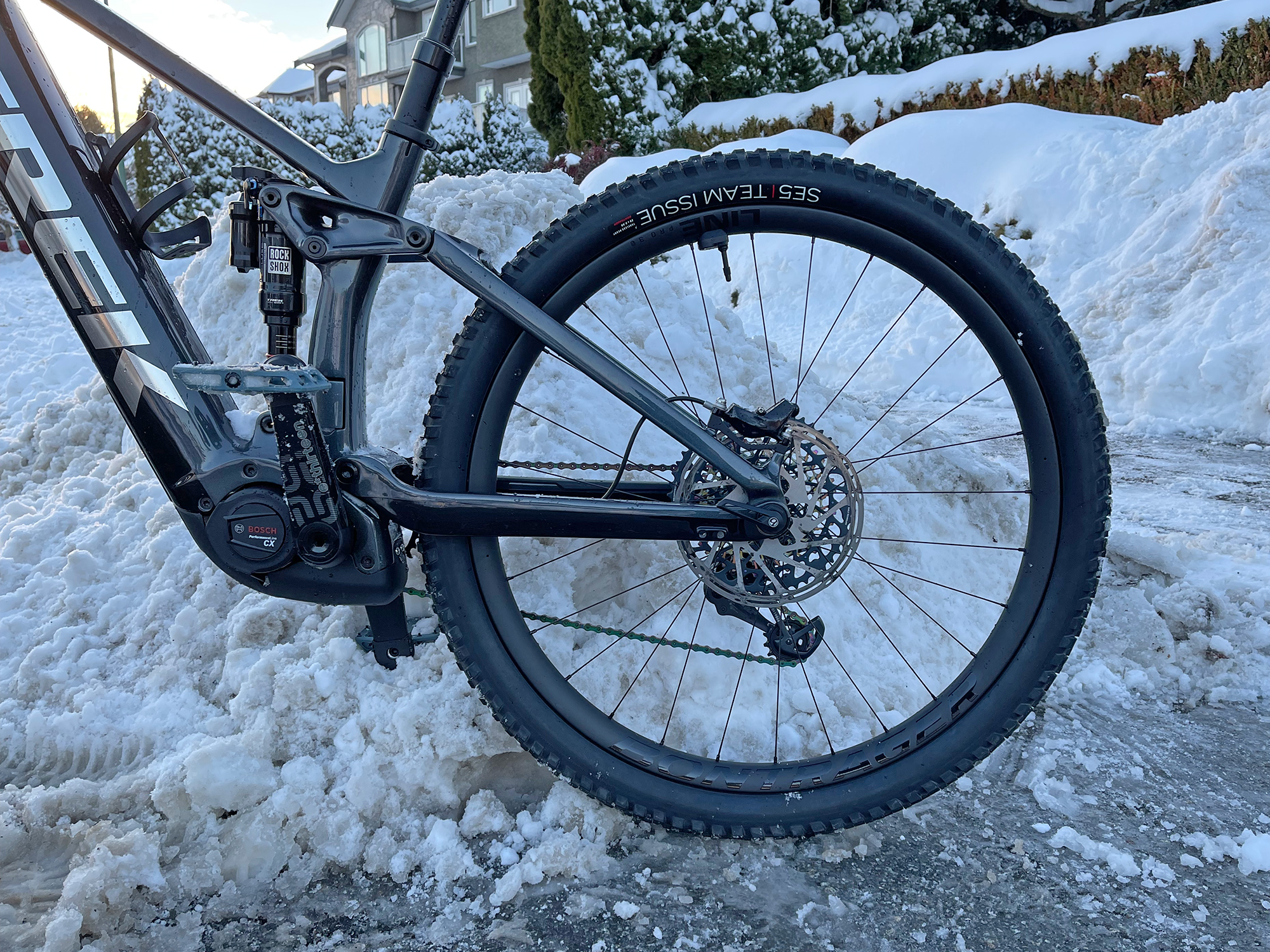
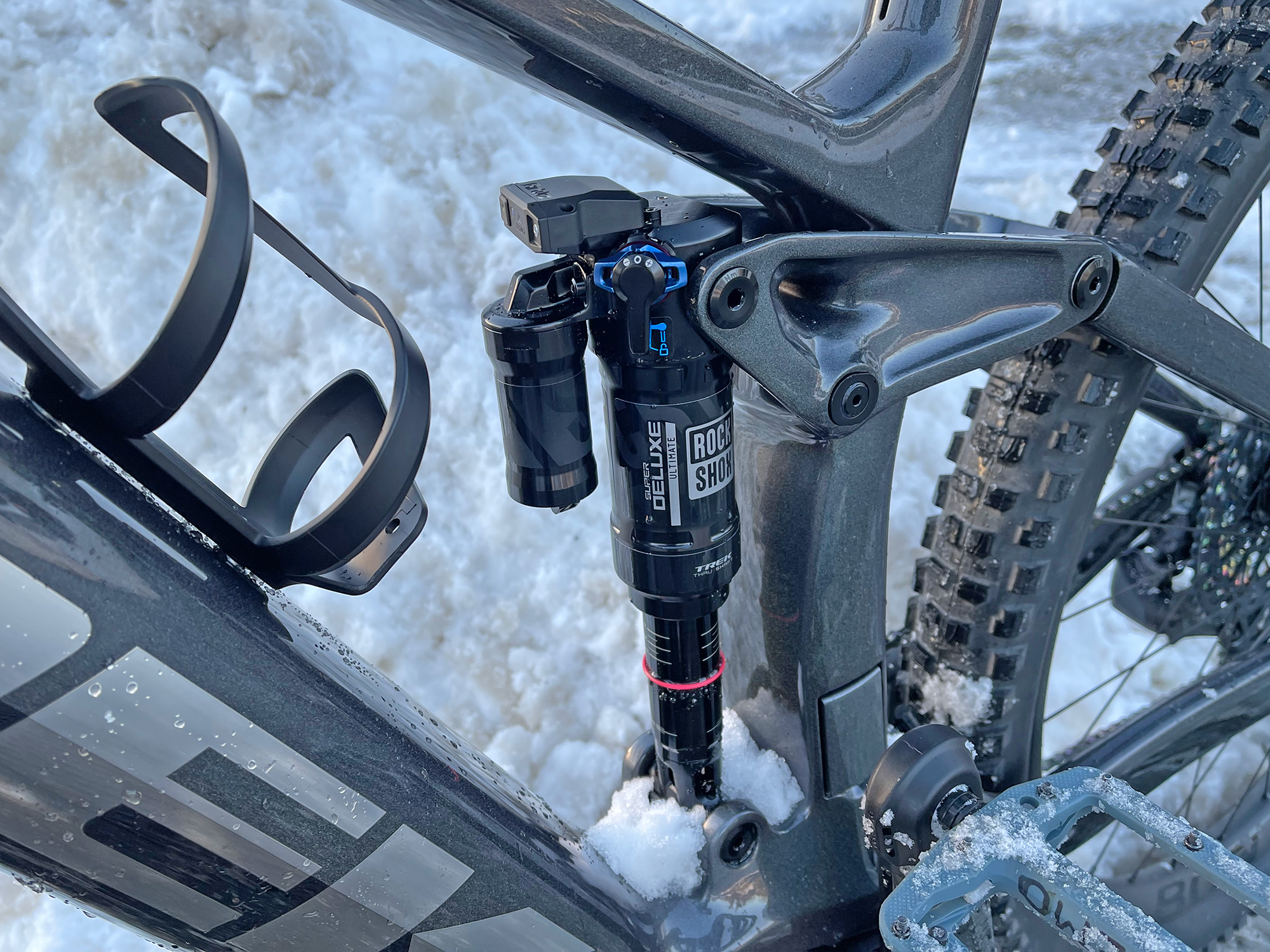
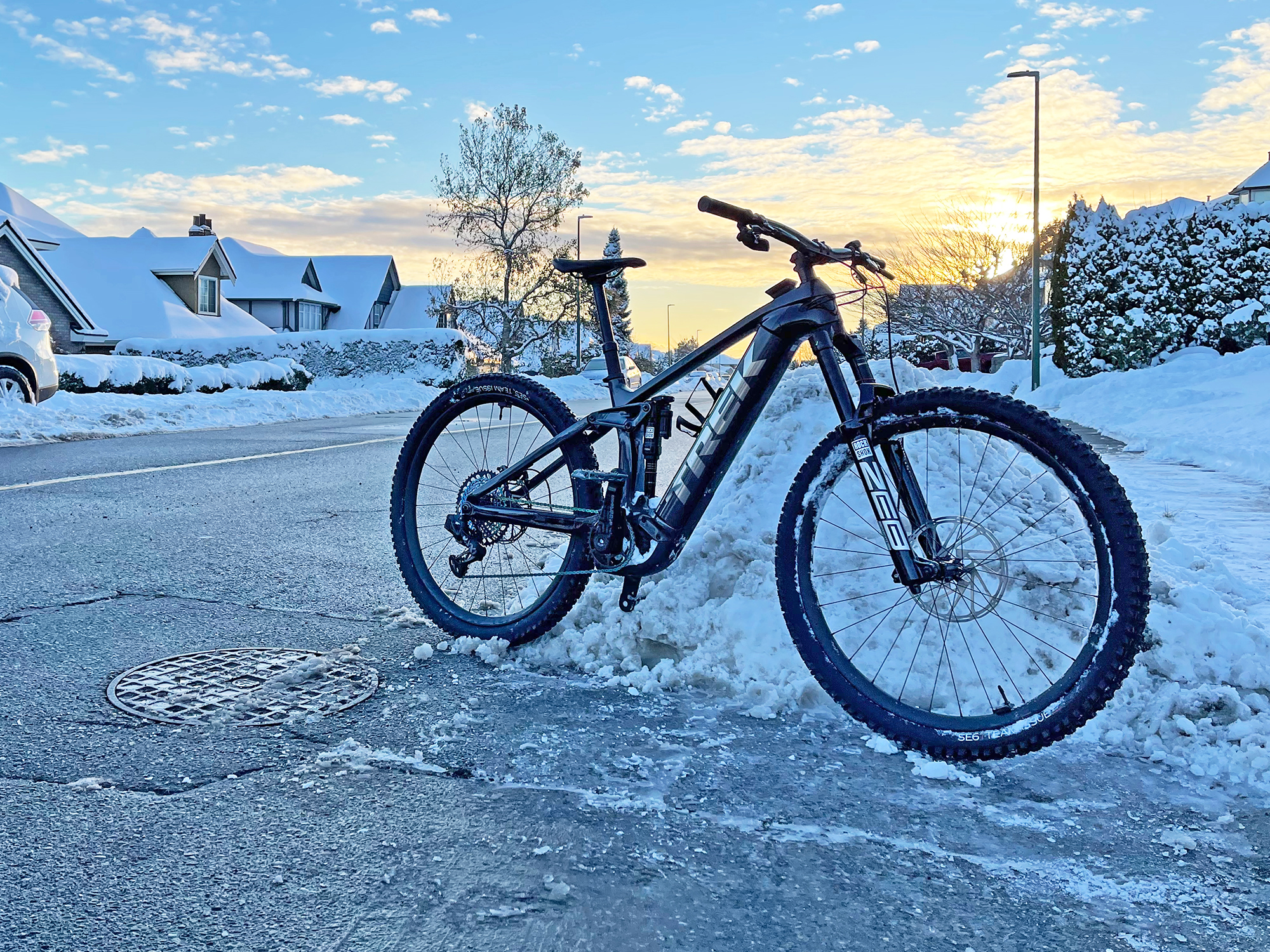


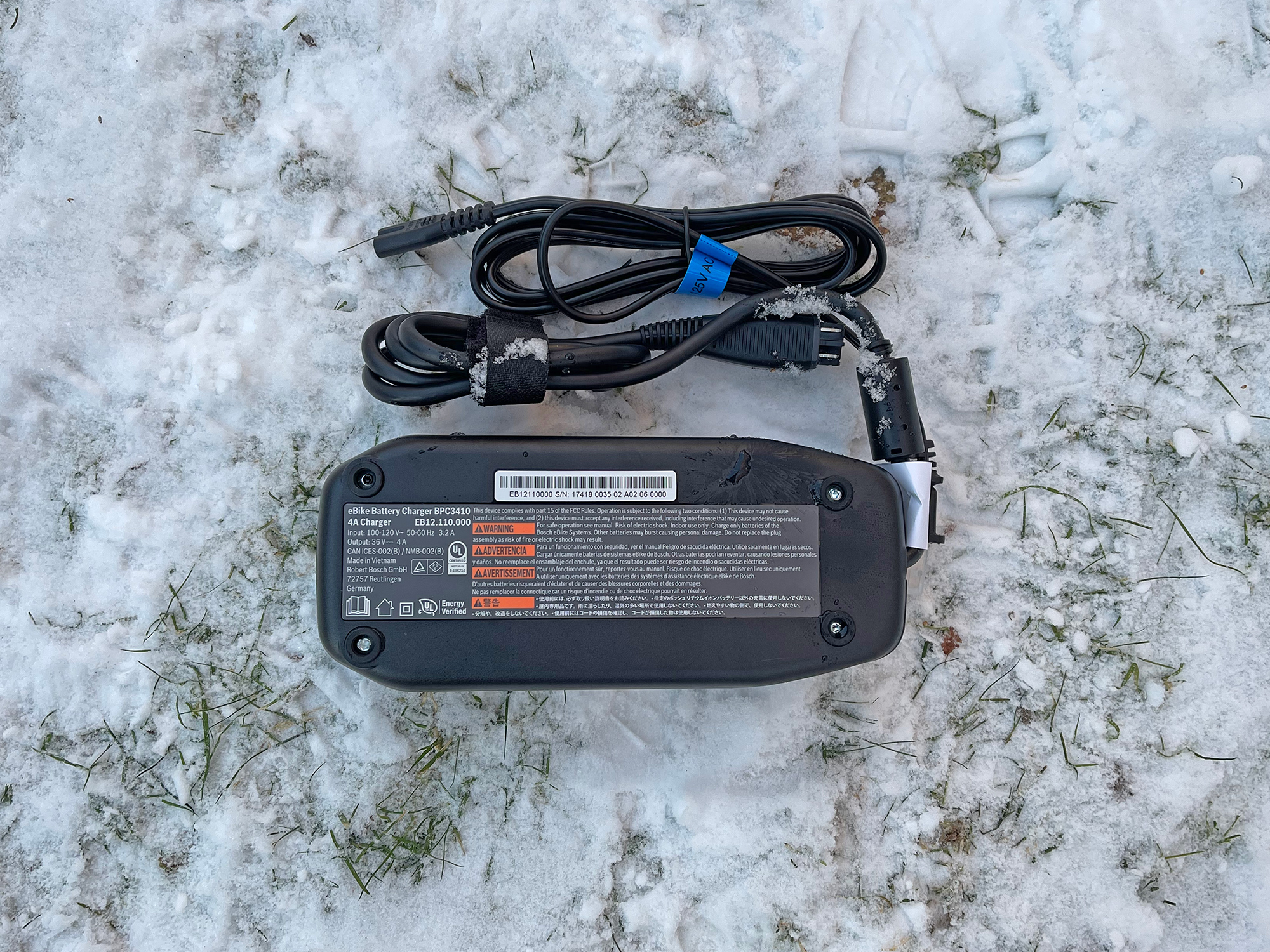
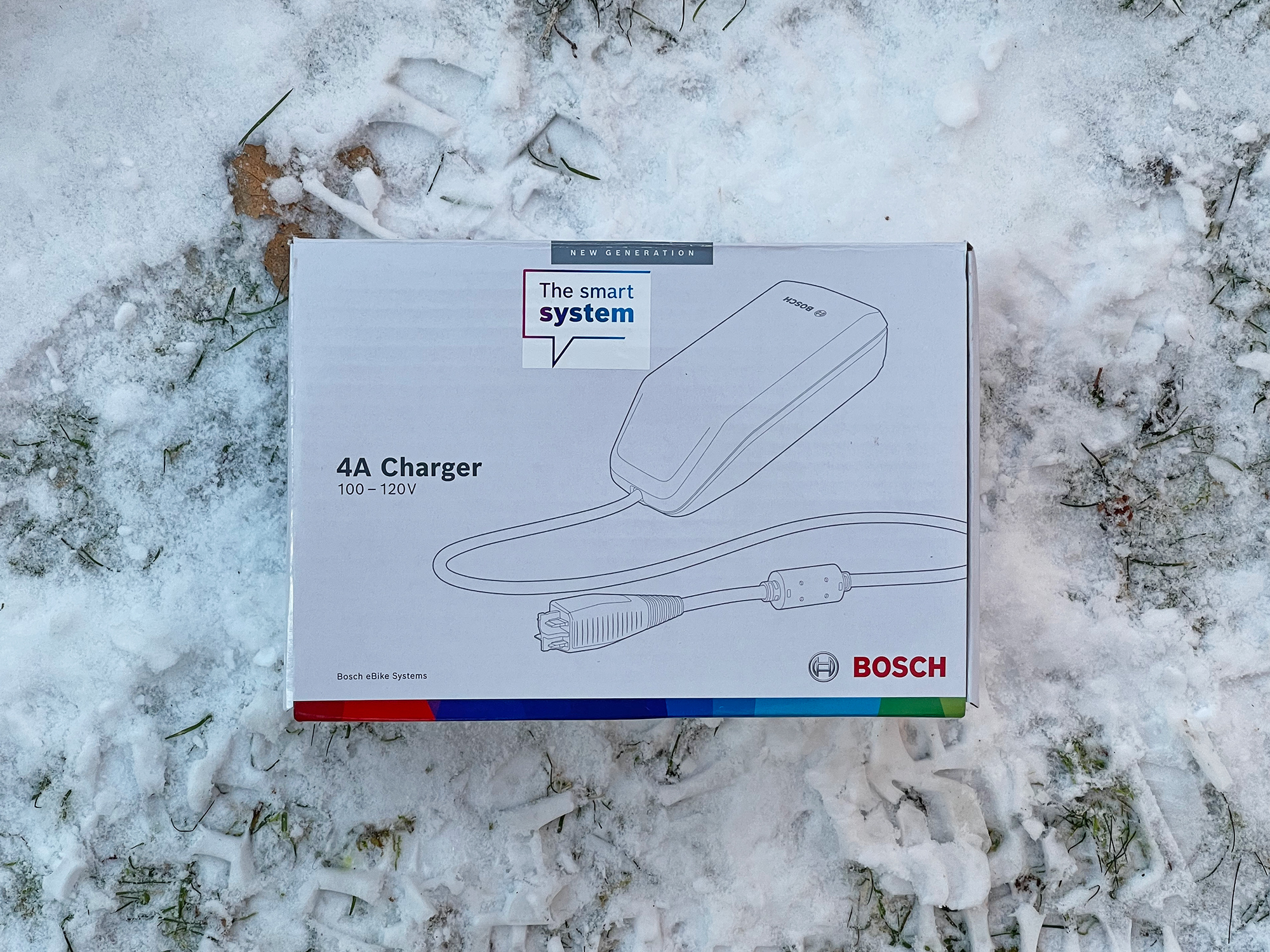
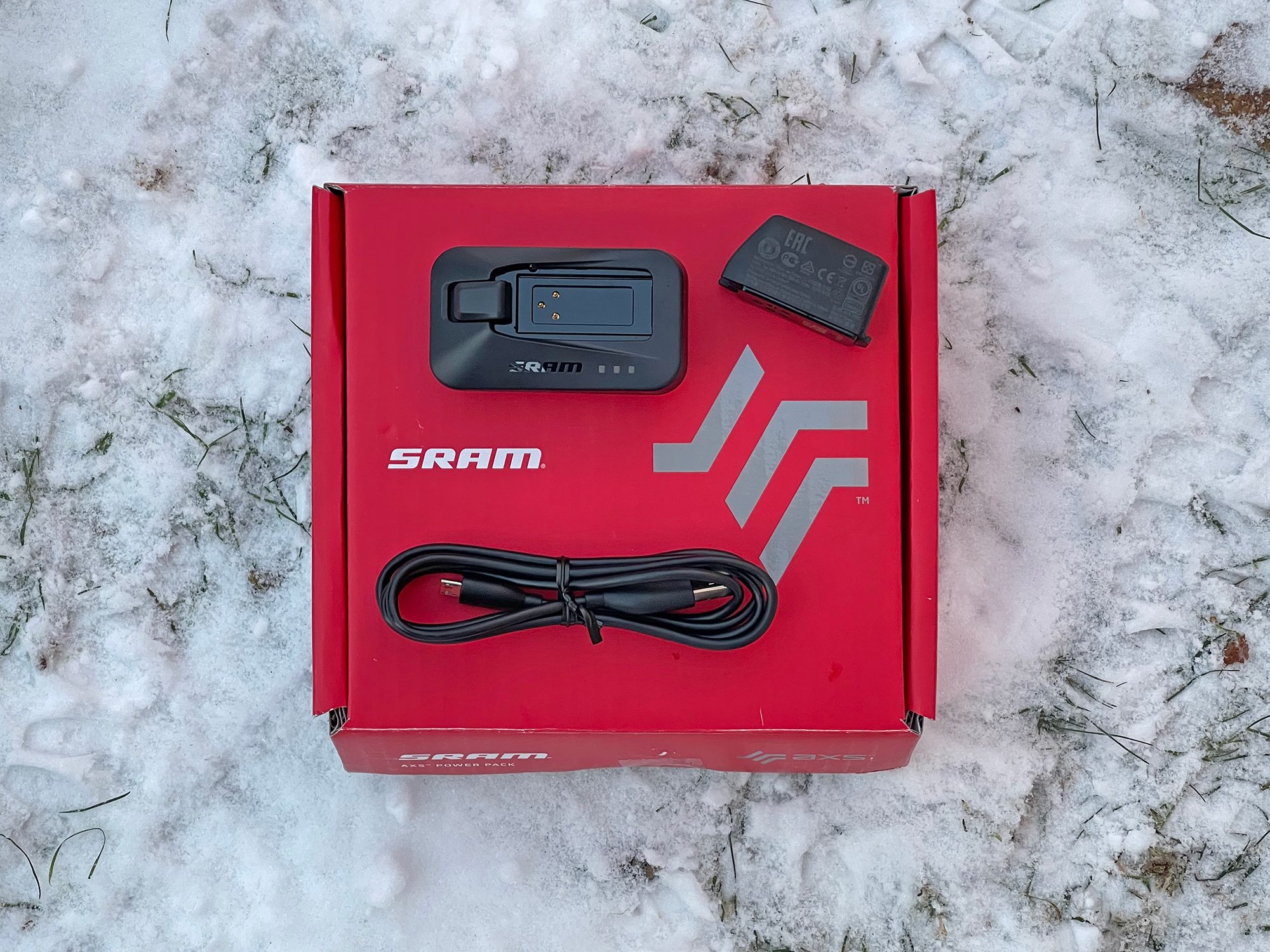
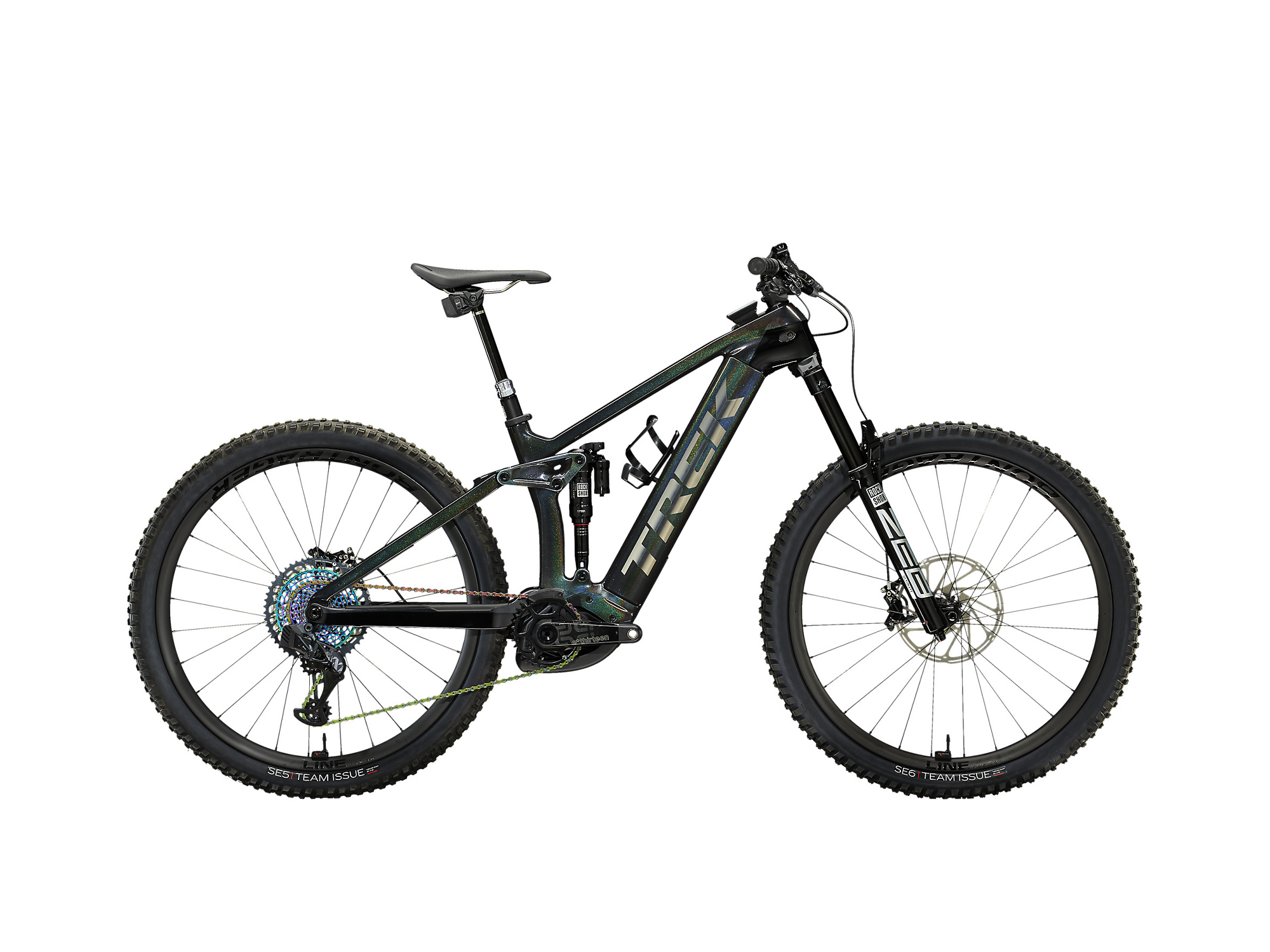
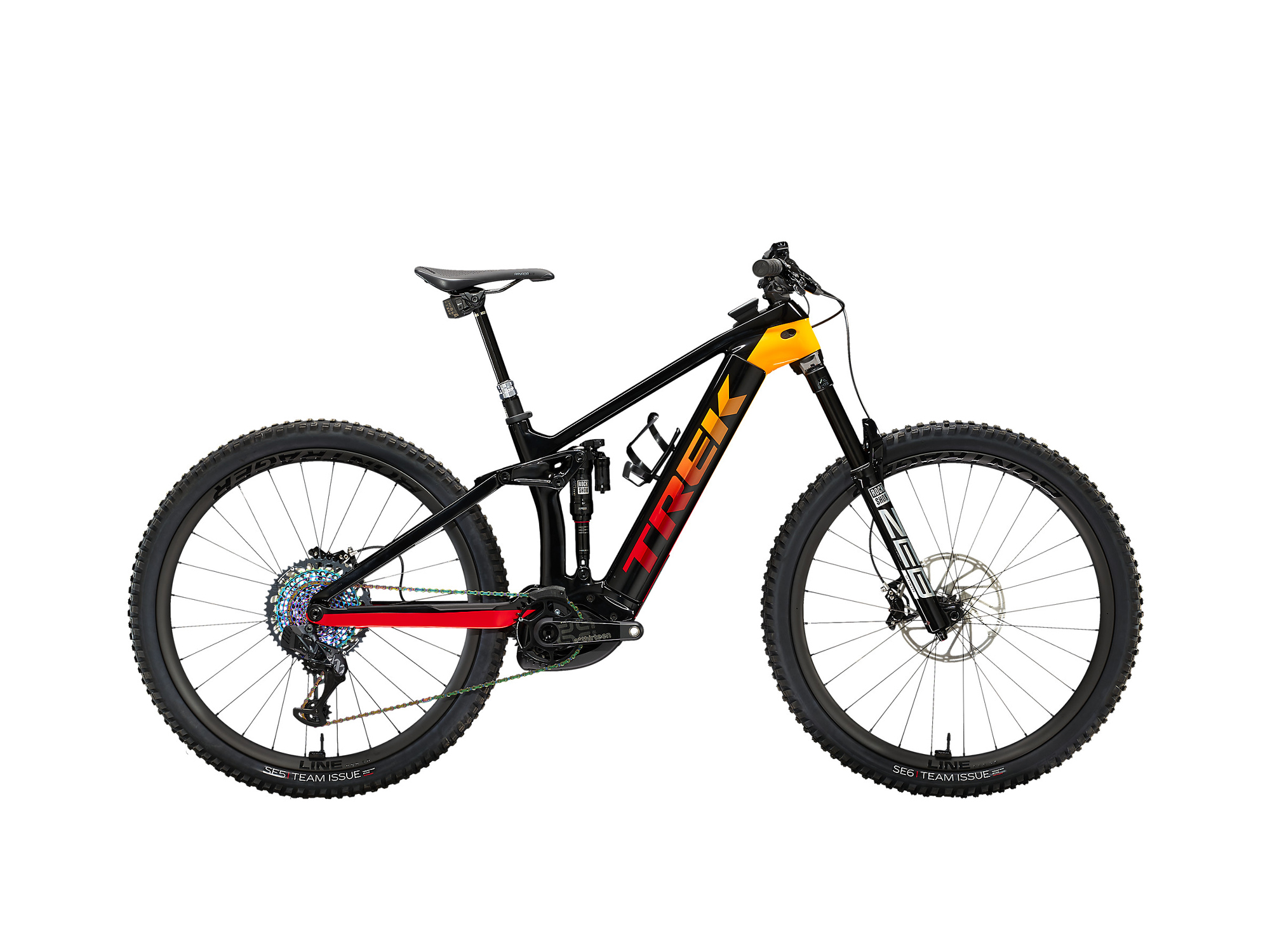
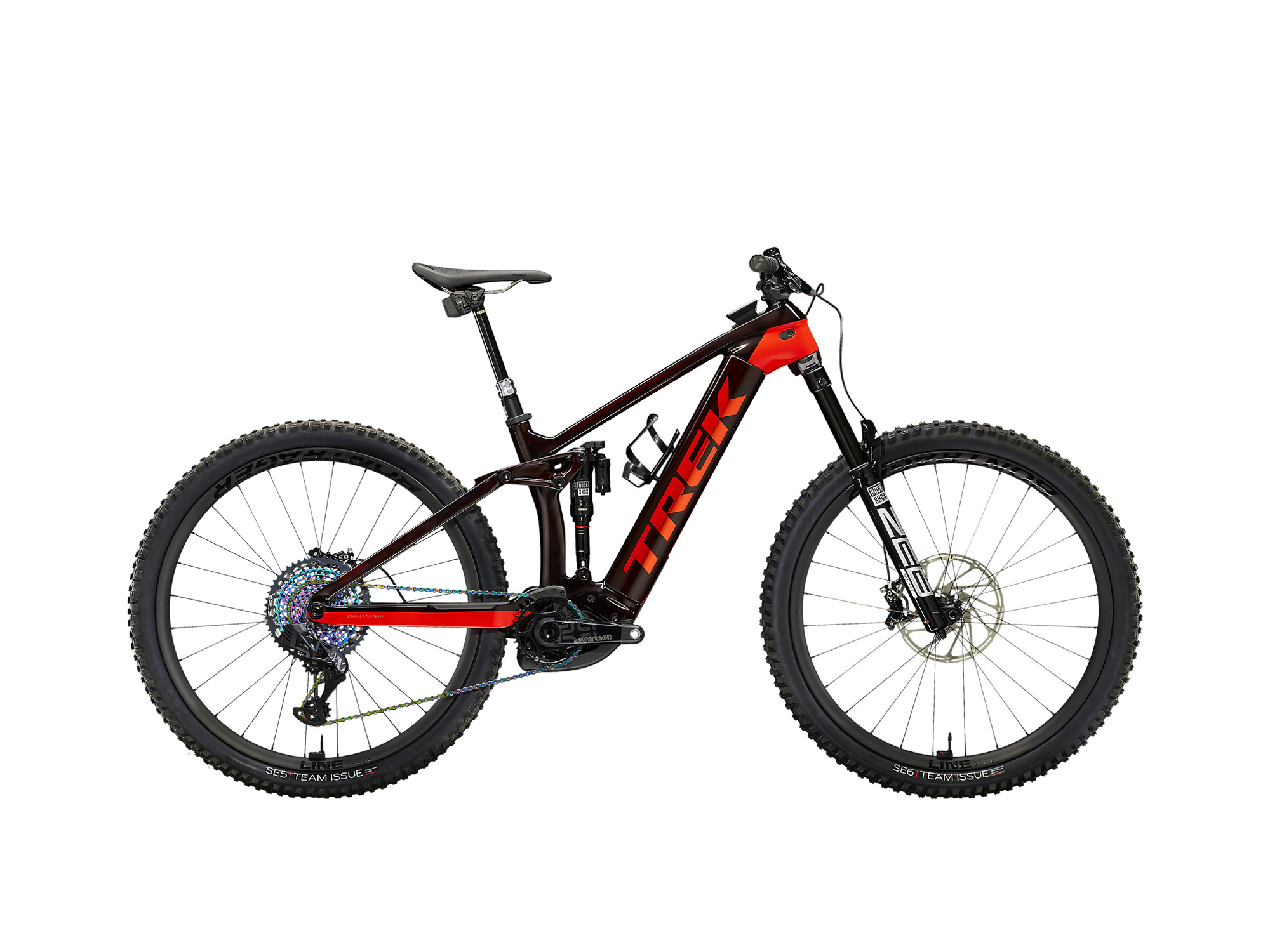

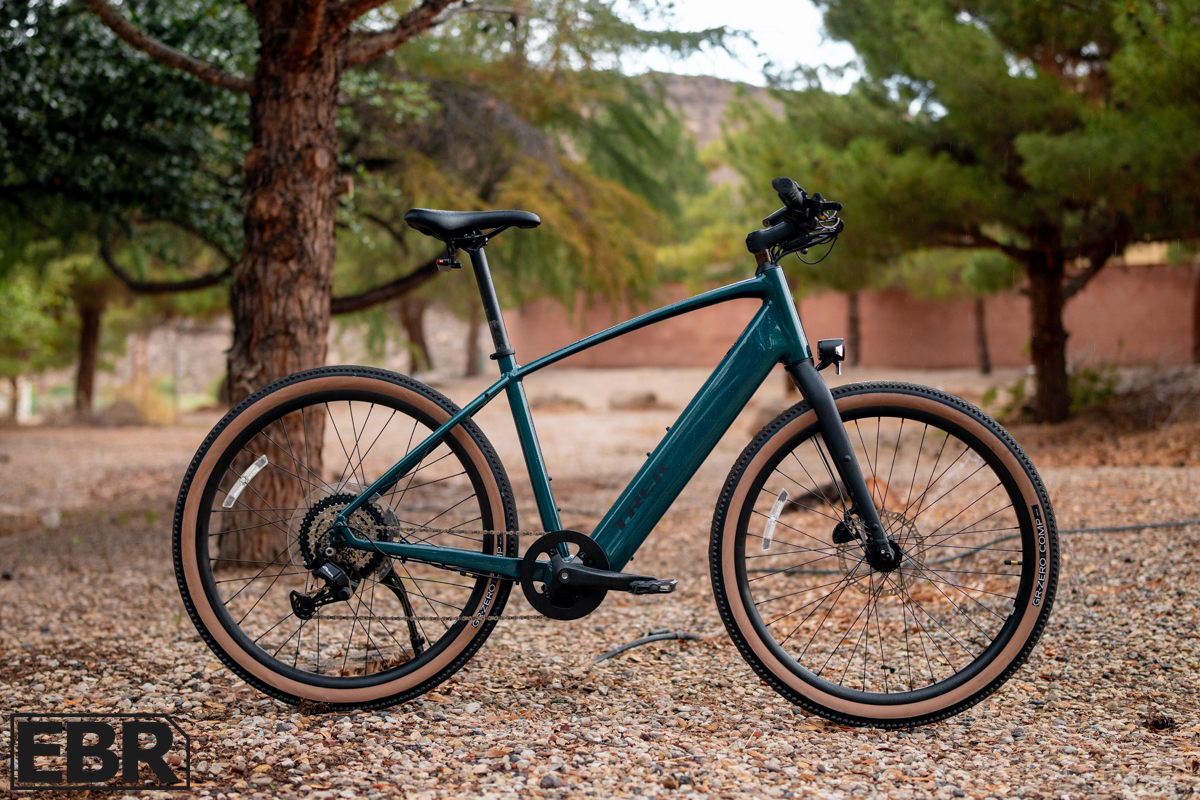
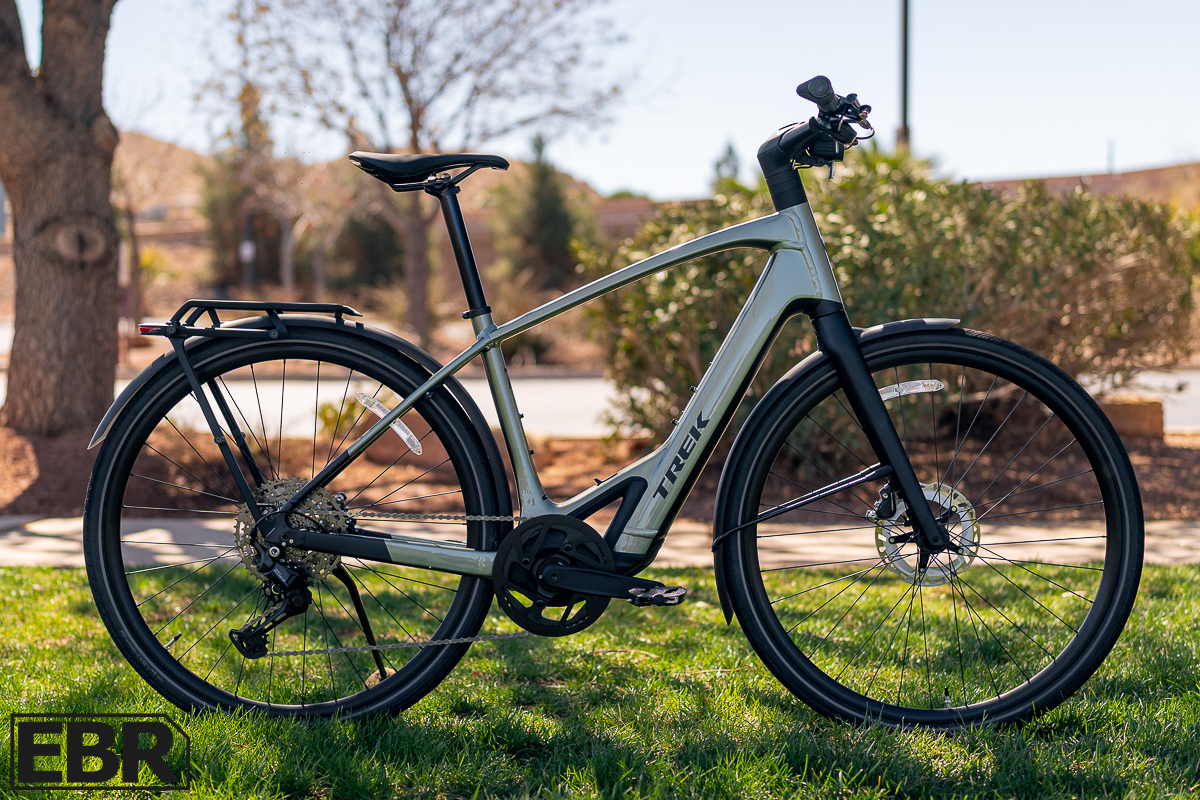
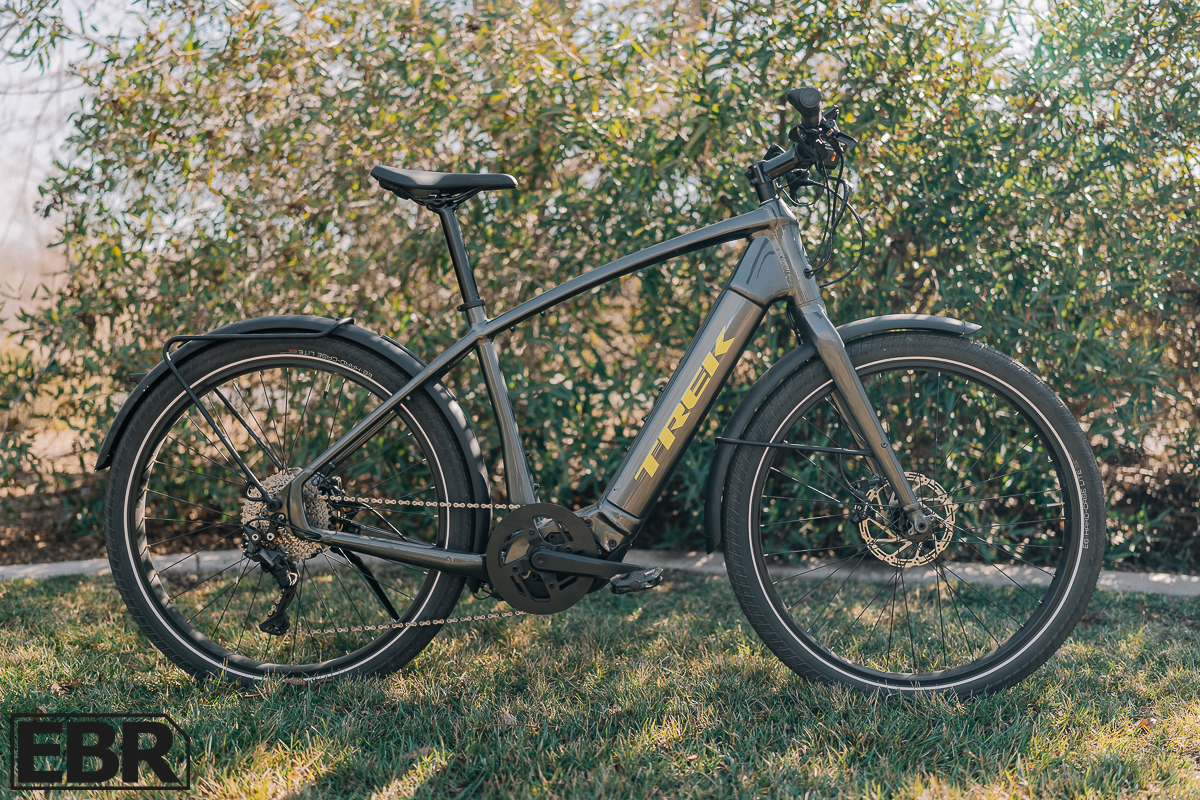
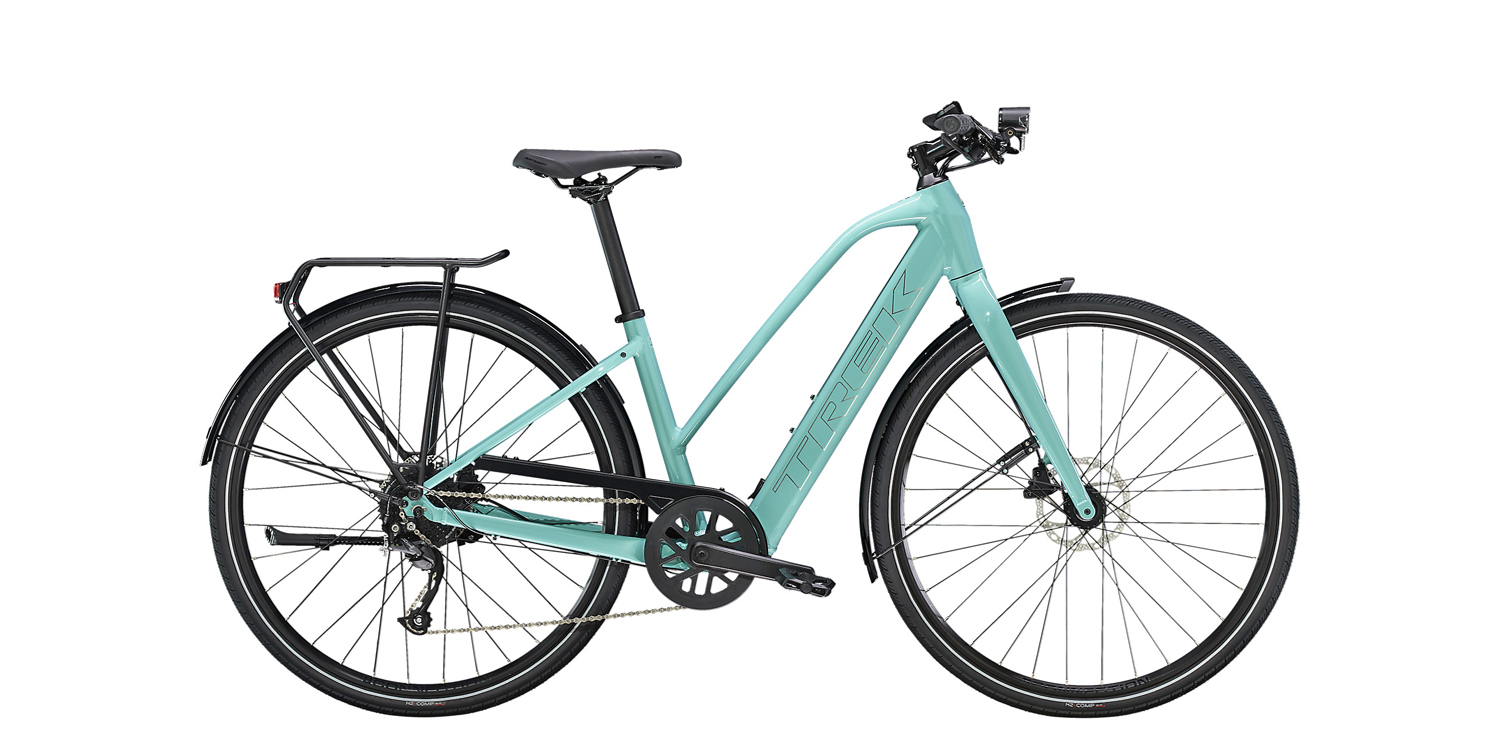
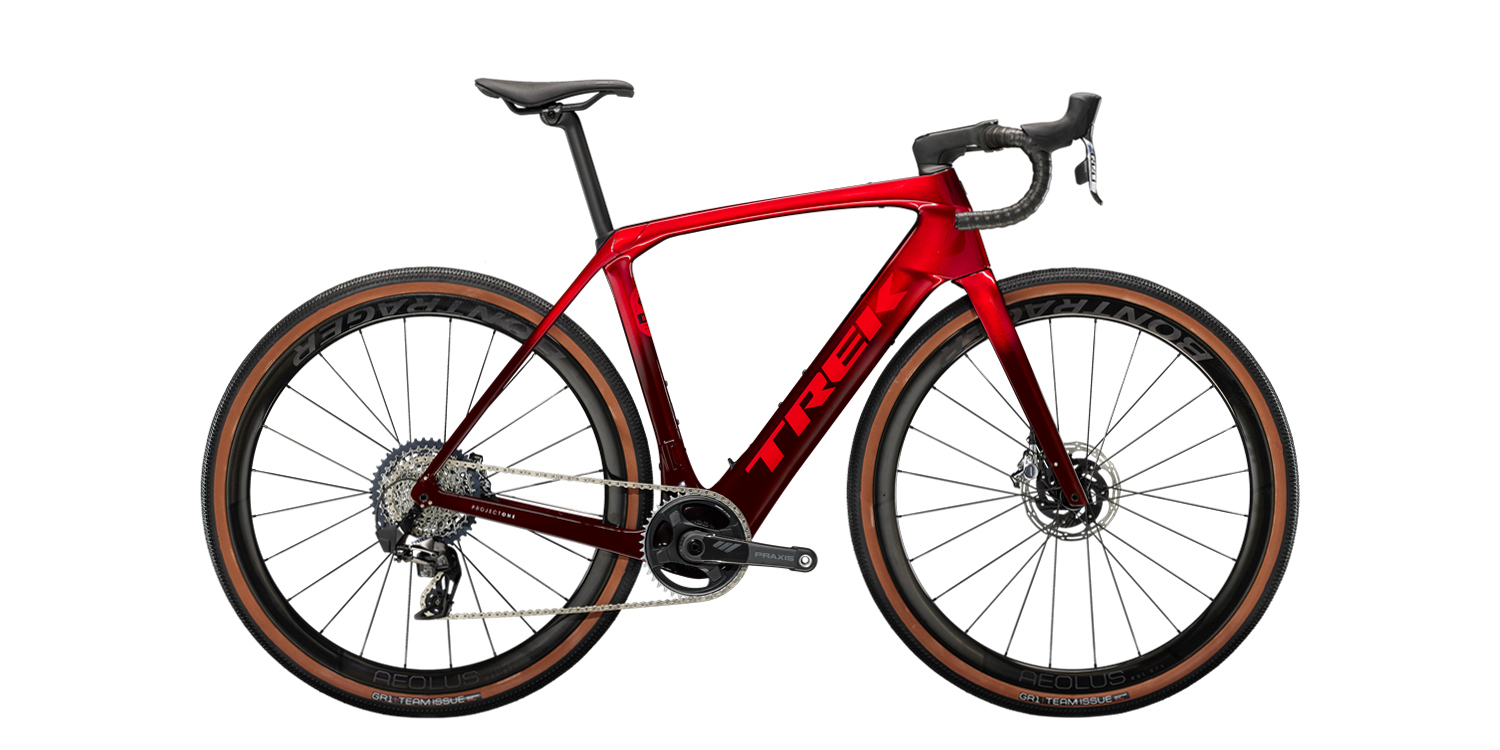
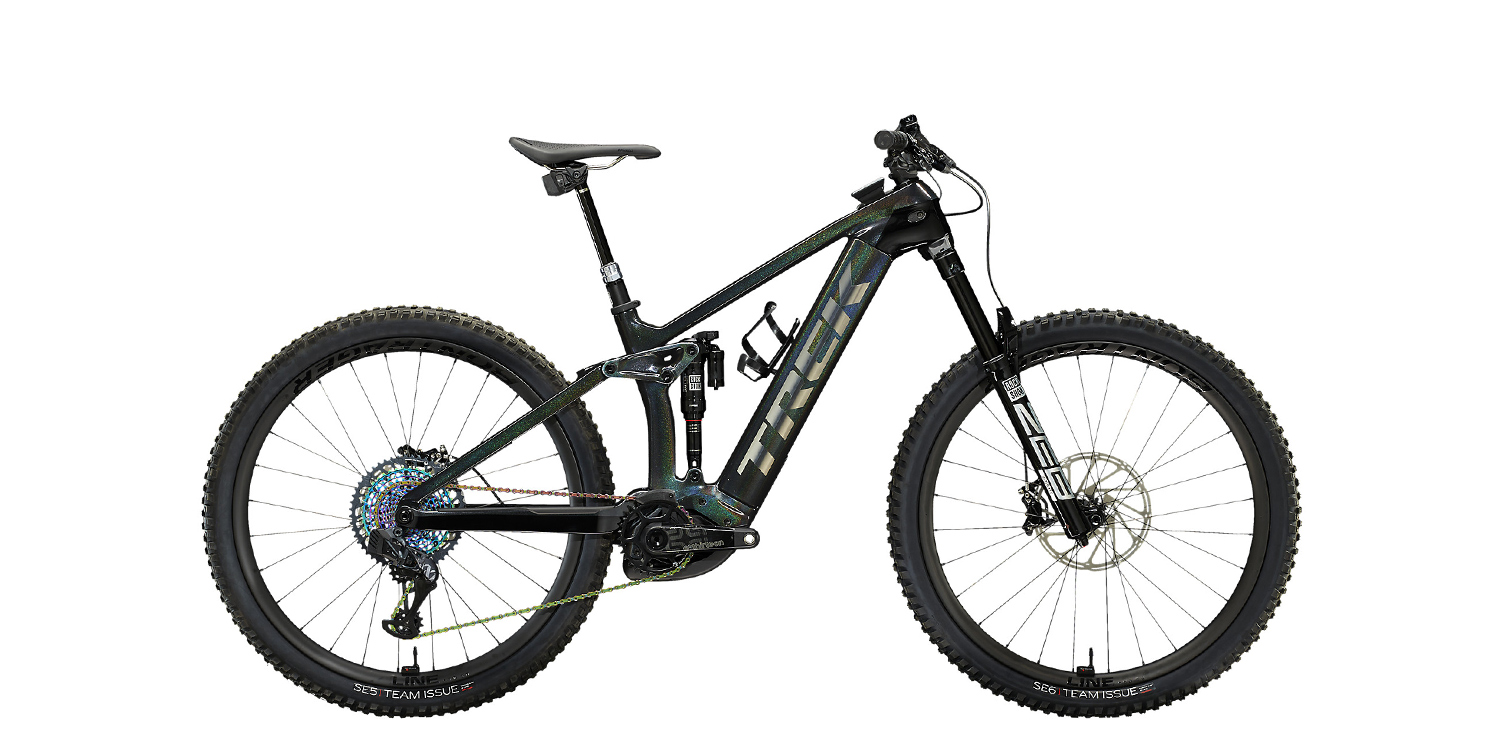
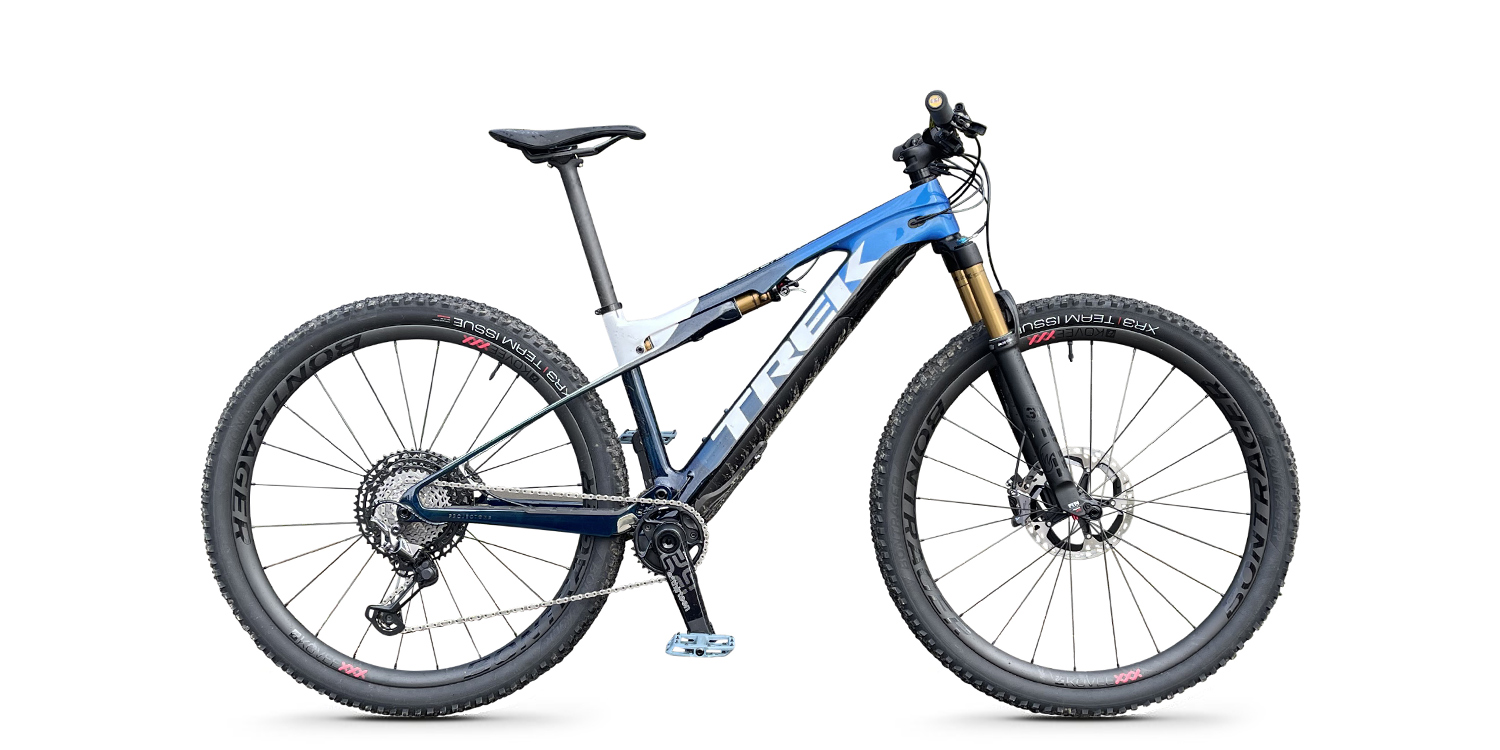
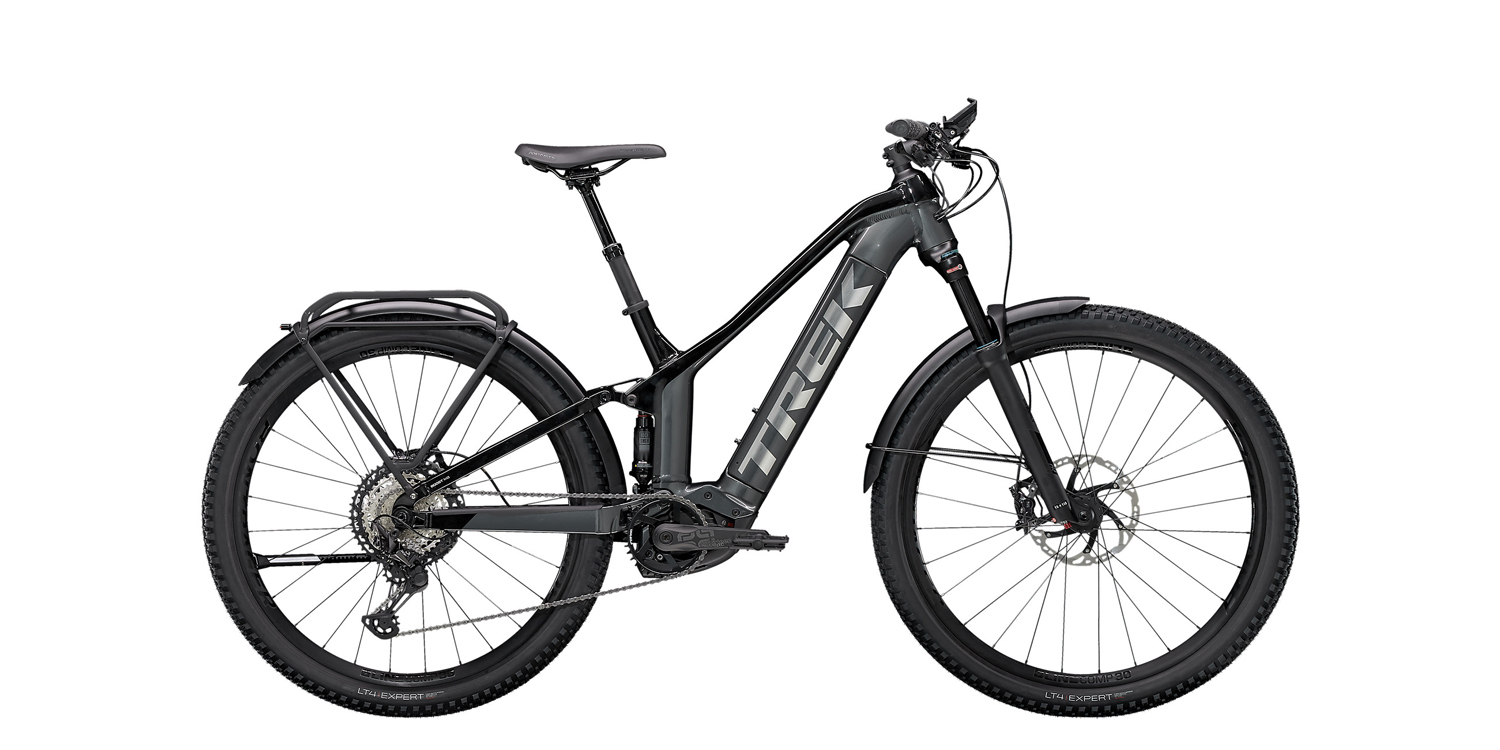
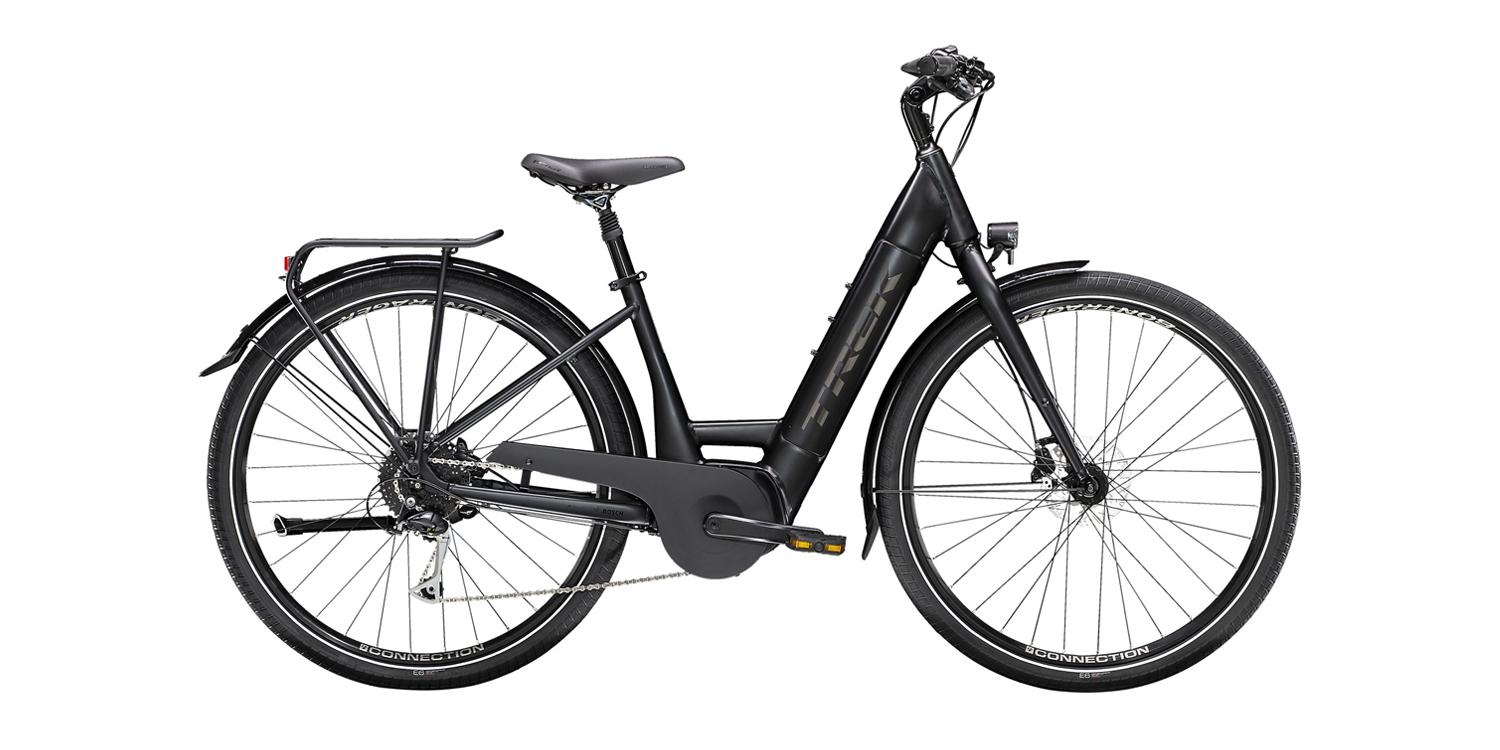
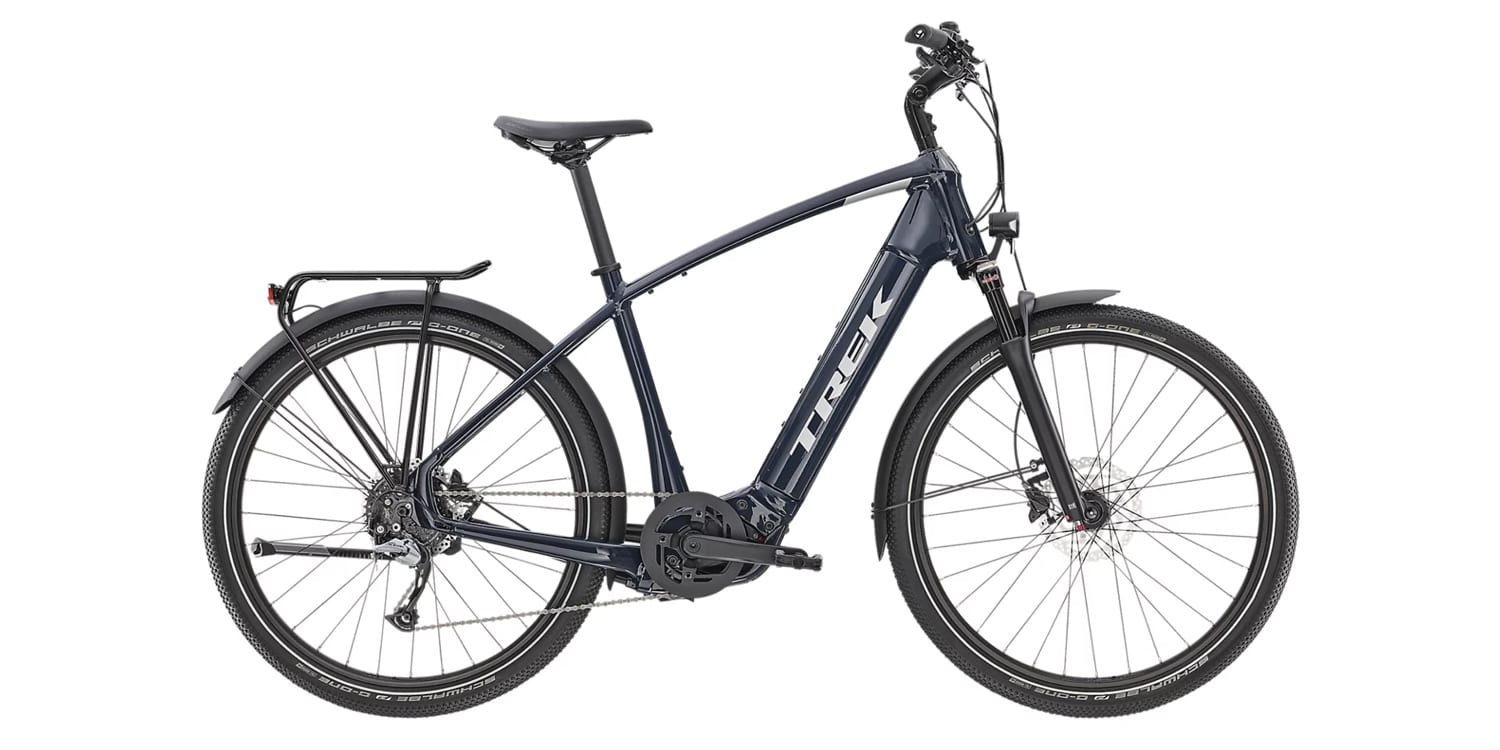
Chris says
Hi, you may want to consider adding to the Con list “product availability”. Many of the Trek reviews I’ve seen lately are not available until 2023, at least here in Canada and I’ve contacted multiple dealers, both on the west and east coast. The reviews should be rephrased to “Teasers”, LOL.
Chris
Court says
Hi Chris! I like your suggestion about renaming :P and I’ve seen this same inventory challenge when visiting shops. That said, the Trek dealer I borrowed this review bike from does have lots of inventory in a range of models. I’m not sure about size availability, but they just got a bunch of new stuff in. I do my best to cover products from a range of brands and price points, this one came up as unique because it’s so fancy… I try to stay down to Earth and be honest about the shortcomings that I see. Inventory might be a temporary con for most of the bikes right now. Hope you can find the bike you want… call the Port Coquitlam Trek store if you haven’t already! Even if you don’t live in this region, perhaps they could ship products to another outlet near you?
Chris says
Thank you Court! We appreciate all you do bringing our attention to all of these awesome ebikes.
Court says
Sure thing Chris! It was neat to see the high-end technology and get to ride such a well made enduro ebike. More reviews are in the works :)
Anonymous says
Top of the line 13K and you hear a train horn when you hit the brakes. lmao 🤣
Court says
Yeah… I think it must have been the water, possibly the cold, and maybe the brakes weren’t bed in yet? I’ve heard brand new brakes squeal many times, but especially in wet conditions.